I drove the Hyundai Ioniq 9 for a week — and this 3-row electric SUV has a lot of surprises
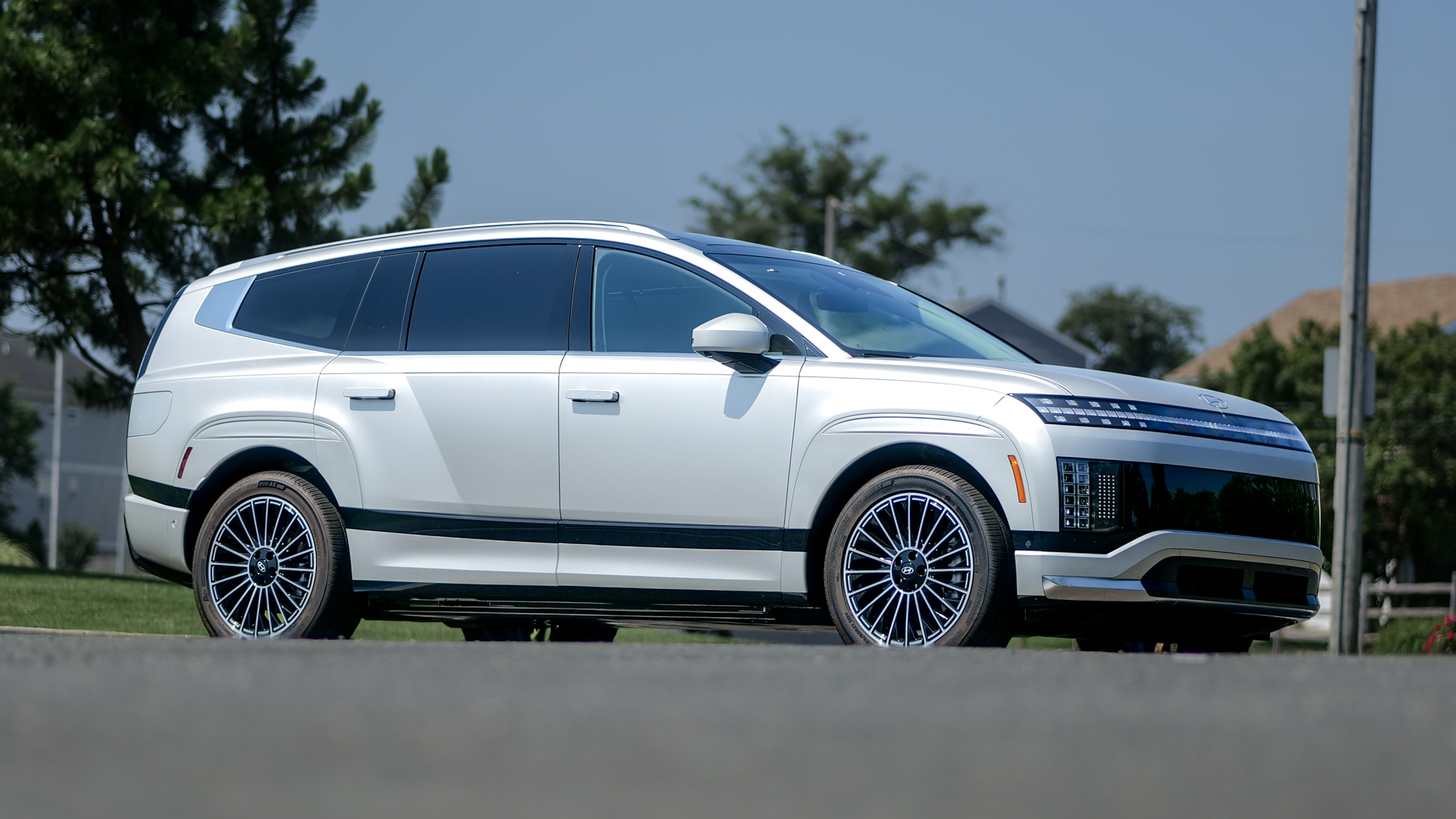
One of the best electric cars I’ve tested in the last year is the Kia EV9 — and for good reason. From its futuristic design to its 3-row seating, it epitomizes everything awesome about driving an electric vehicle. Now it’s Hyundai’s turn to try and garner as much attention with its version.
The Ioniq 9 is Hyundai’s version of the Kia EV9, complete with 3-row seating that fits 7 passengers and a 2nd-row captain’s chairs that make people feel they’re driving in first class. I wasn’t really impressed by the Ioniq 9 when I previewed it earlier this year during the New York Auto Show 2025, but it’s one of those vehicles that slowly grew on me the more I drove — much like the Honda Prologue.
After driving the 2026 Hyundai Ioniq 9 Calligraphy Design for a week, it proves to me that big-sized EVs can be as efficient as smaller ones. Plus, it’s one of those vehicles that should ease any range anxiety people might have about electric cars.
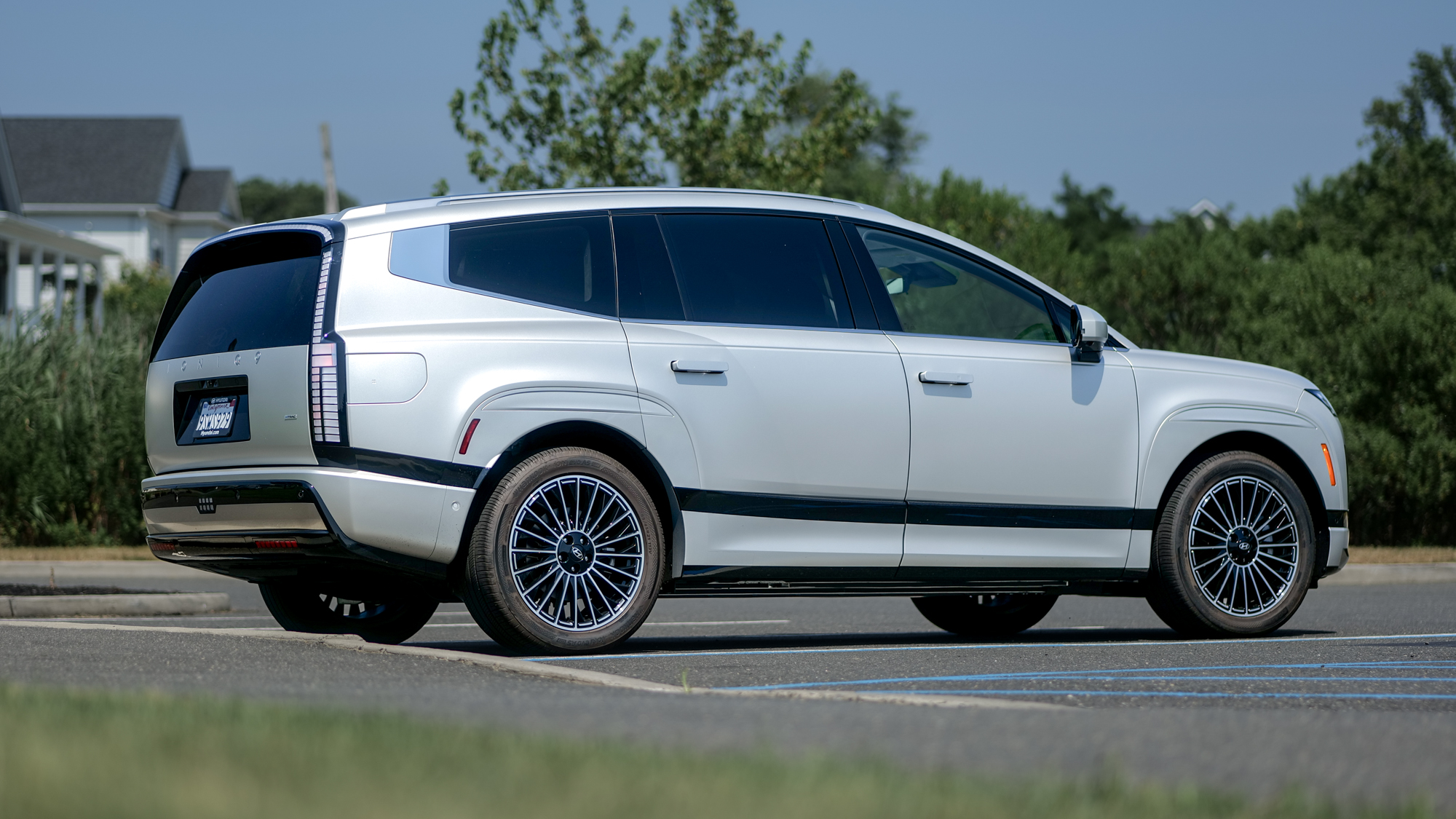
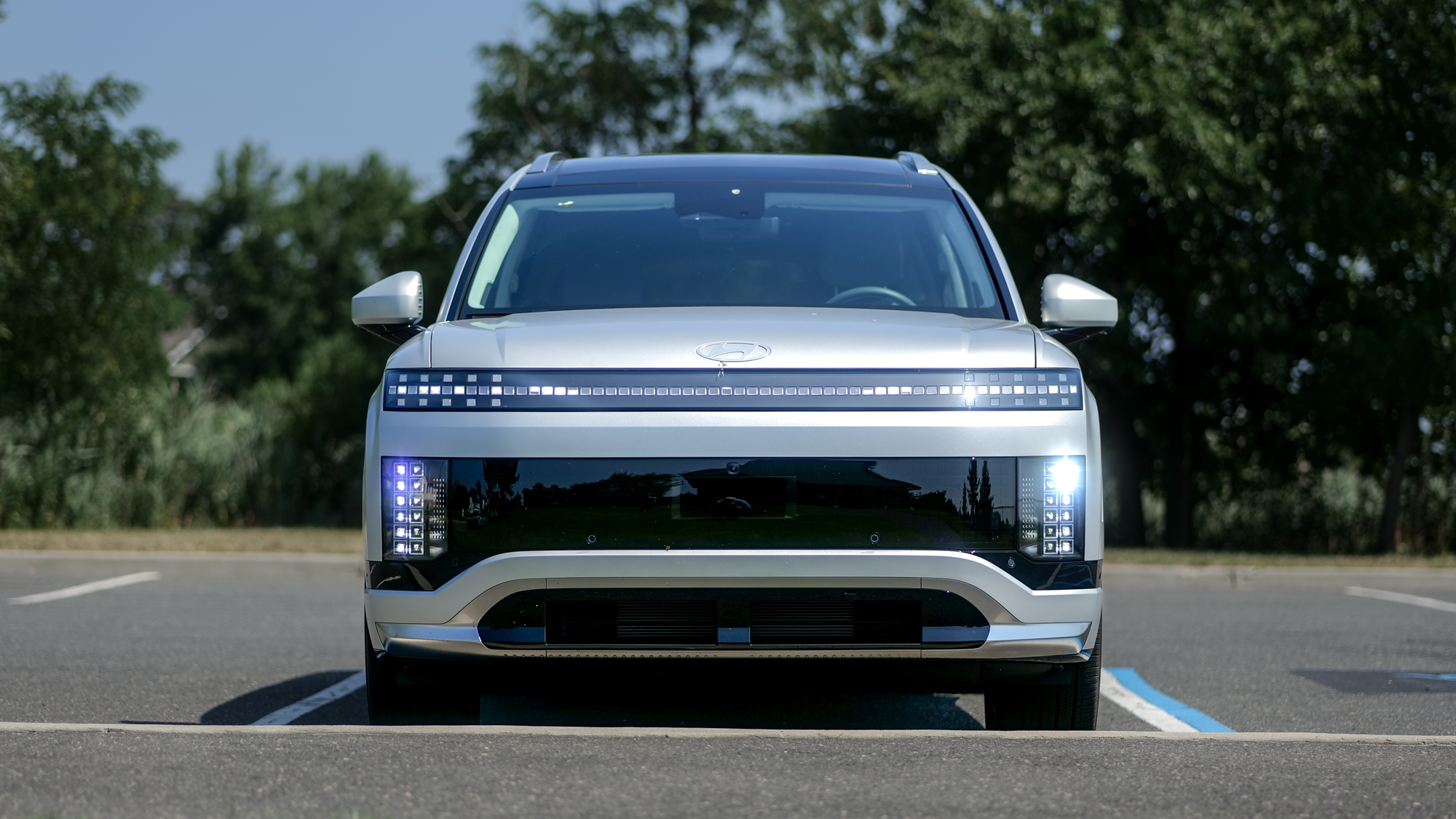
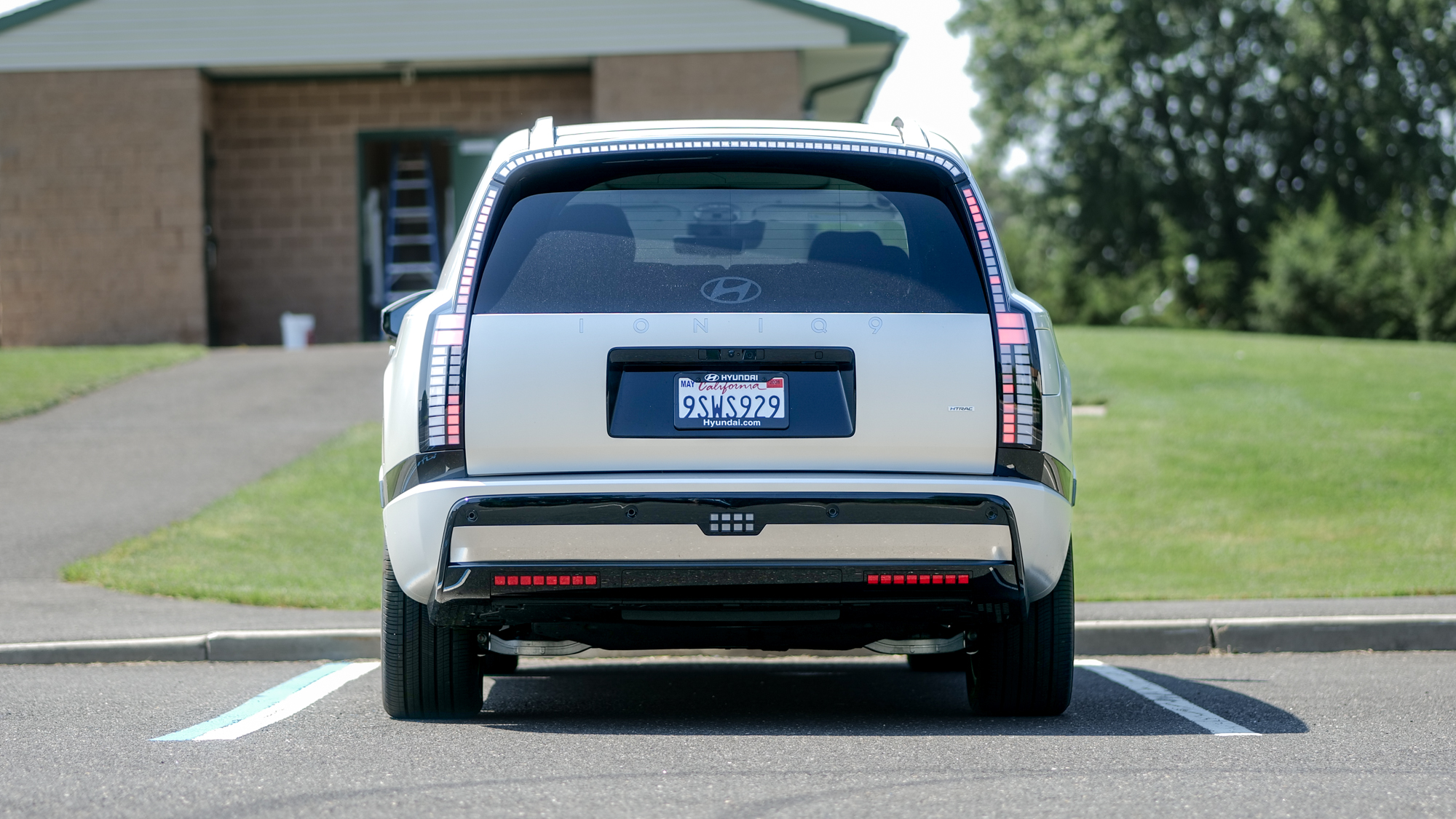
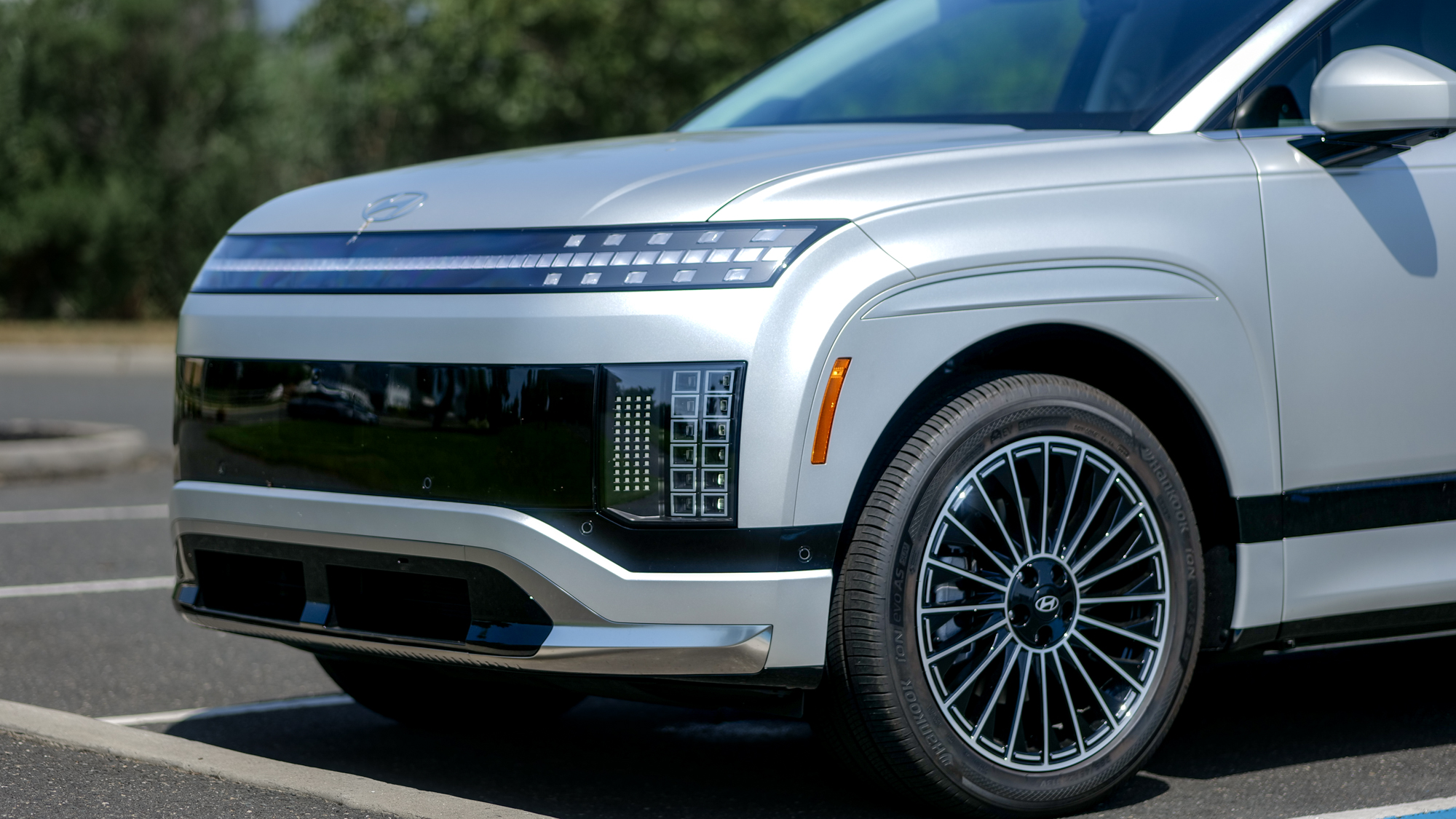
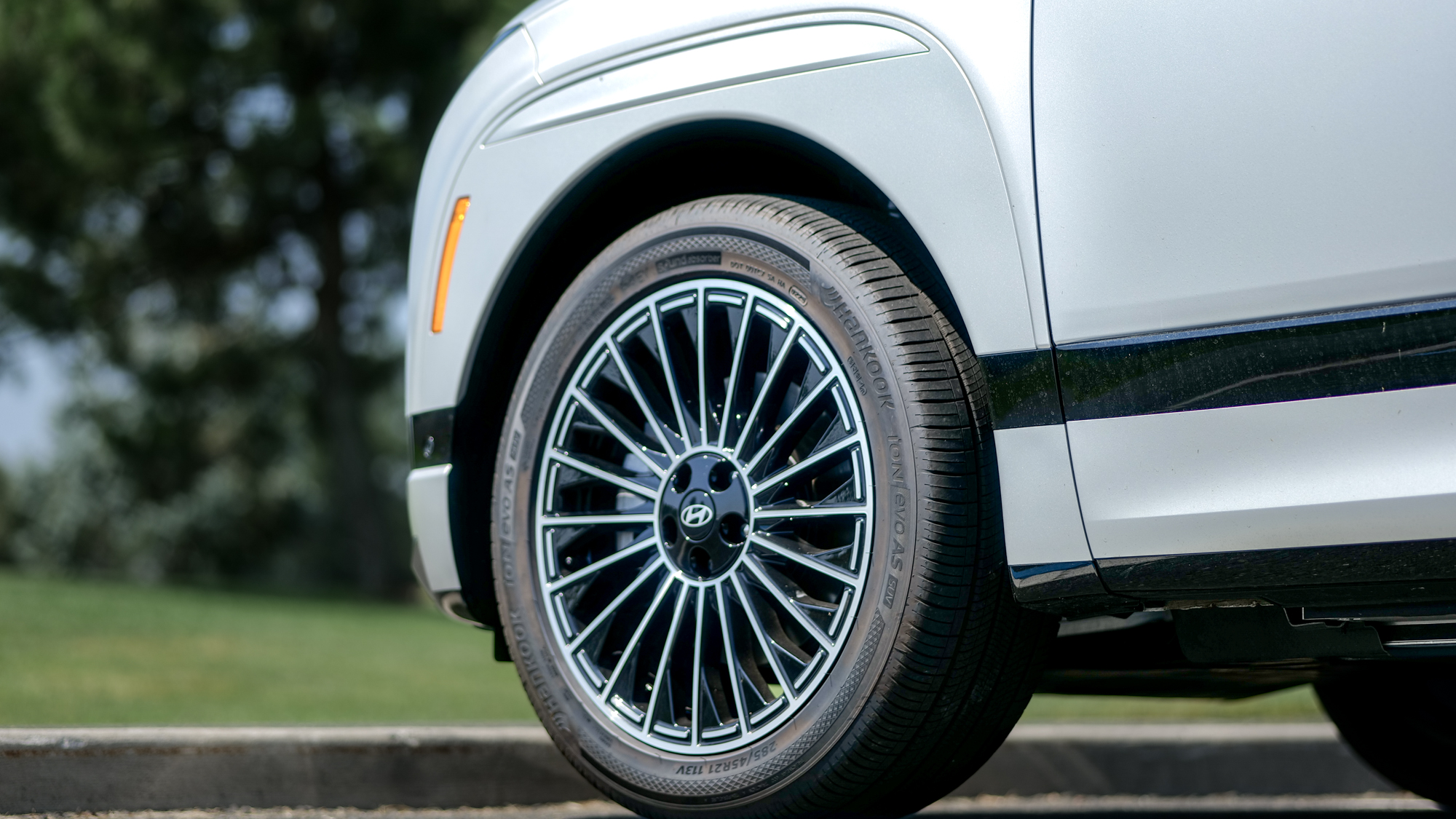

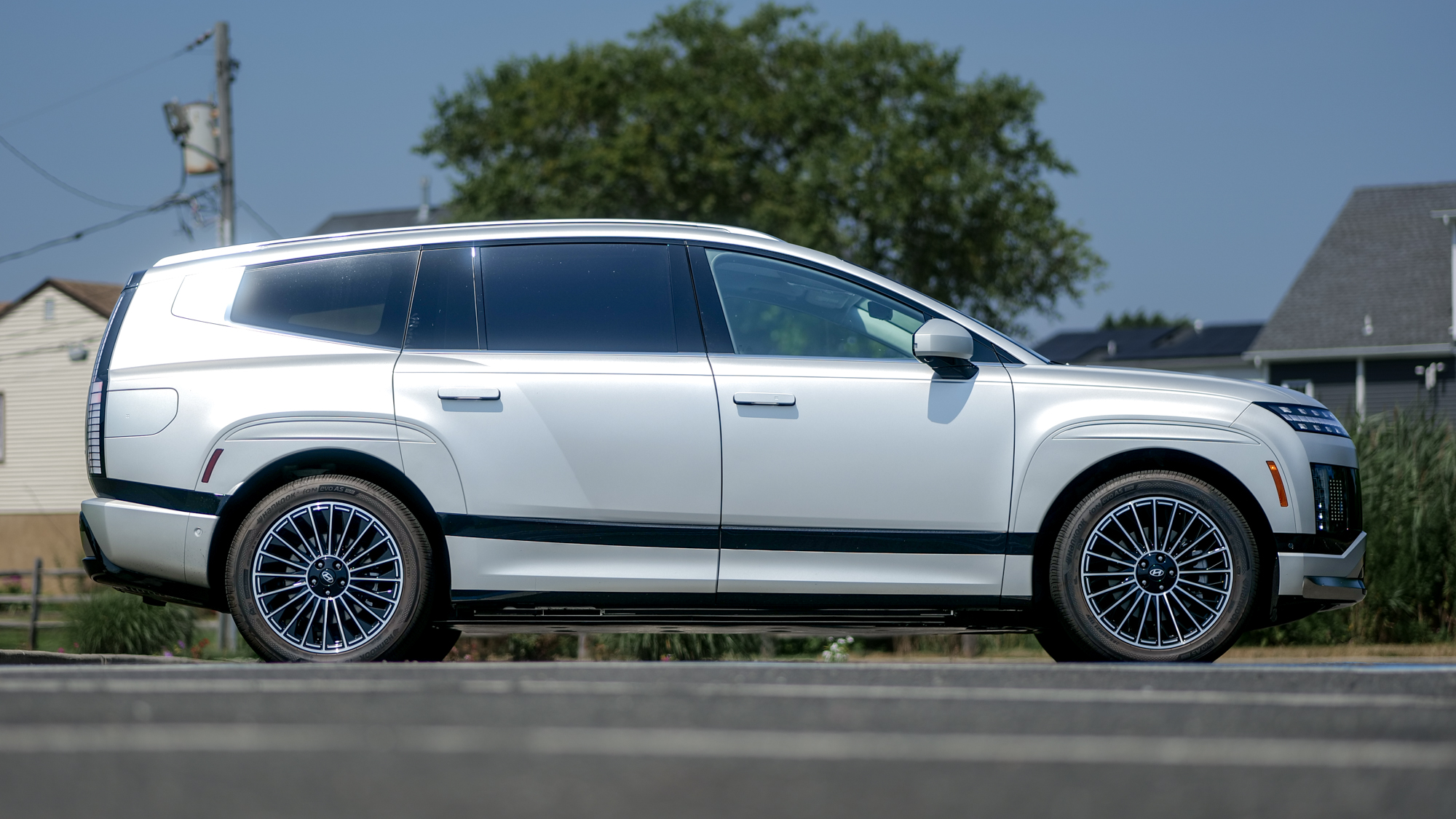


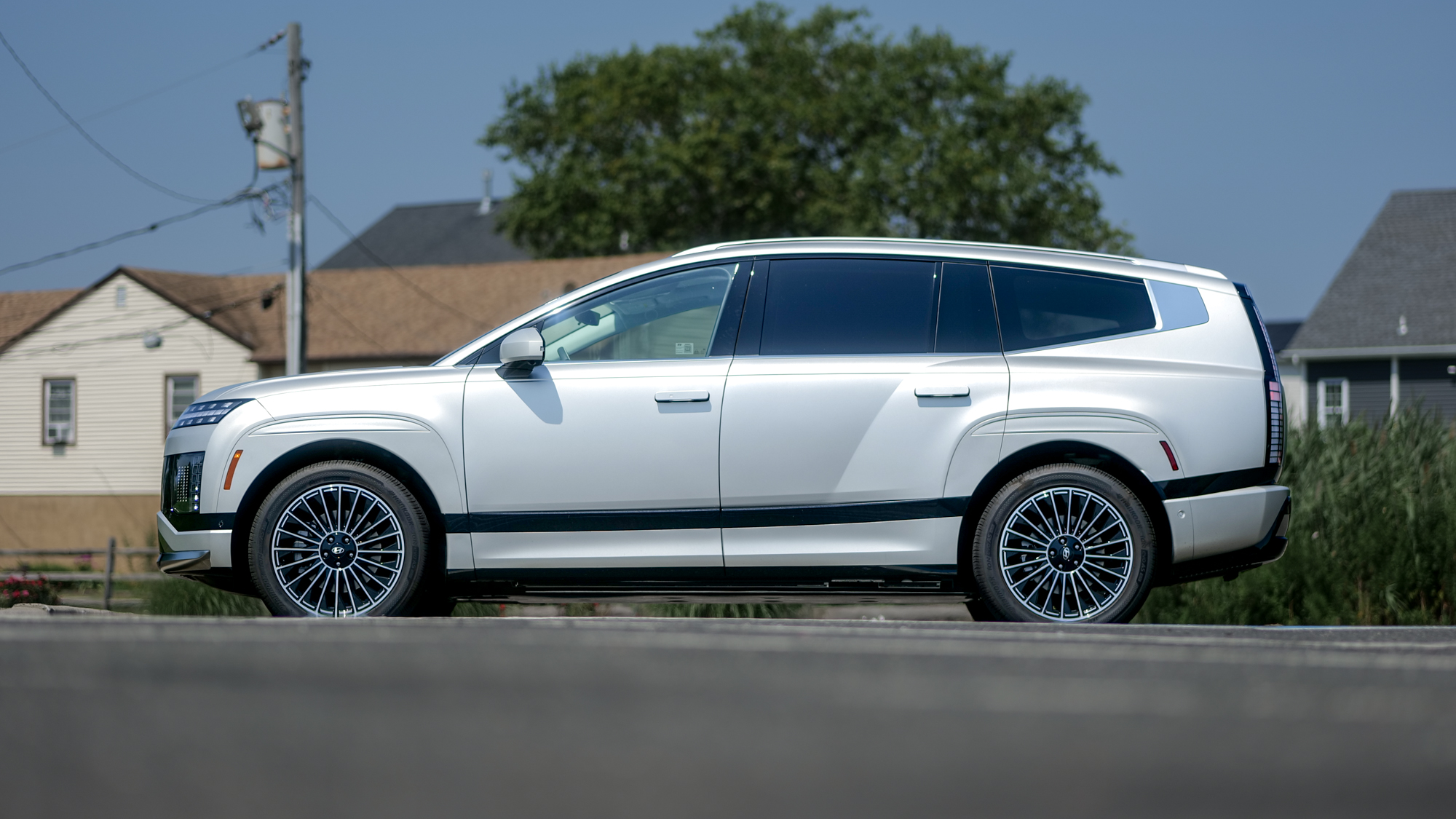
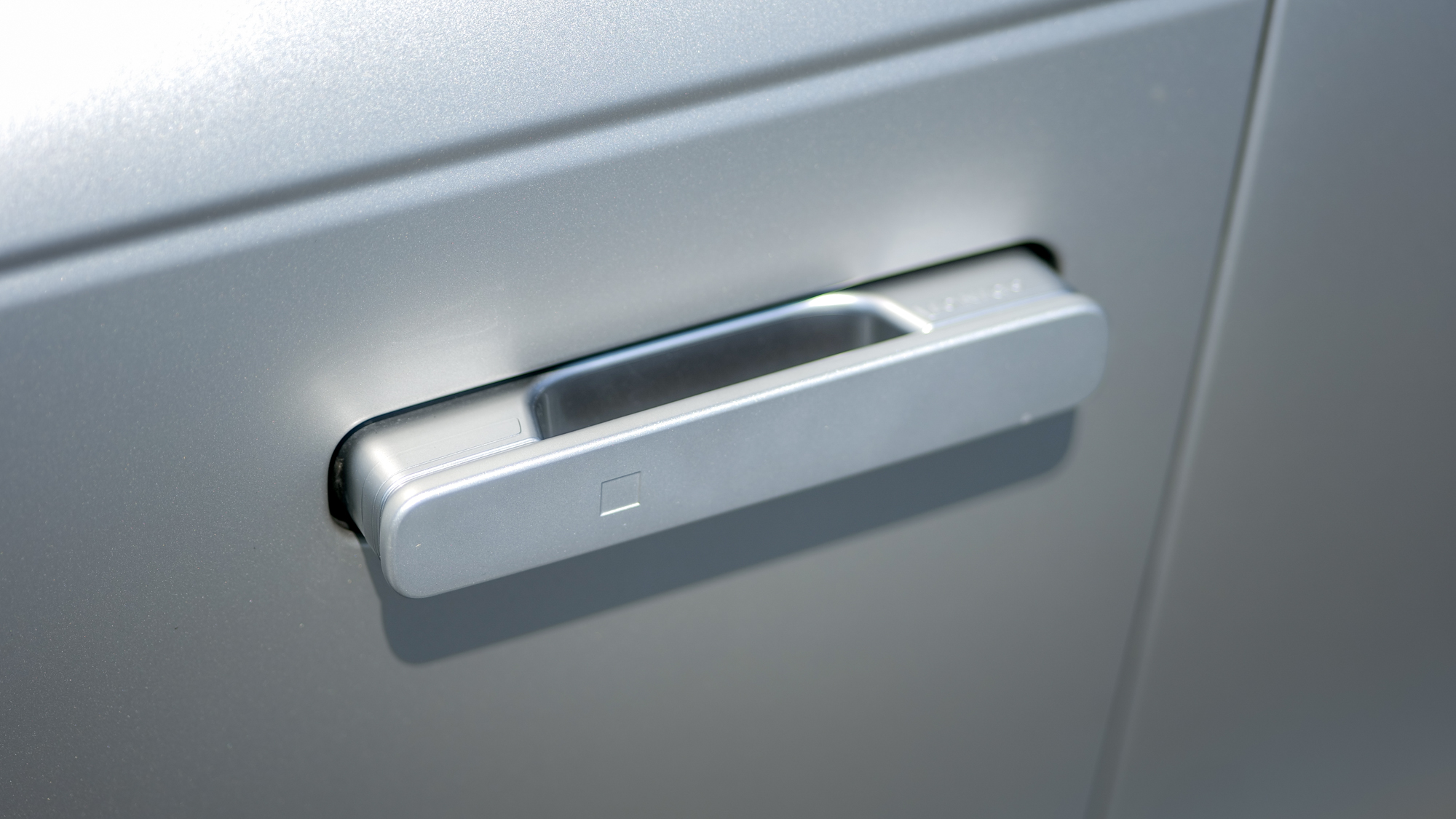
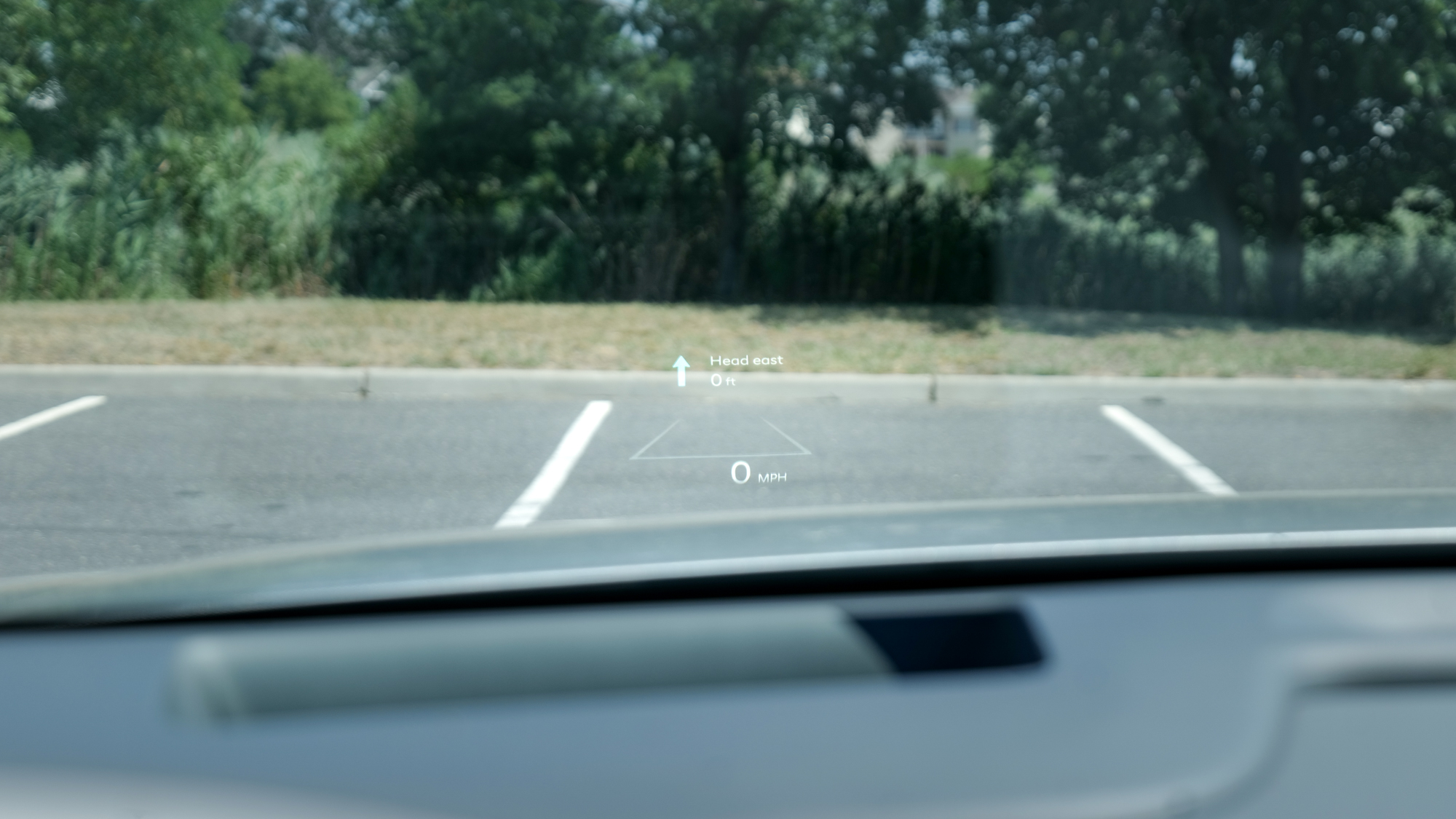
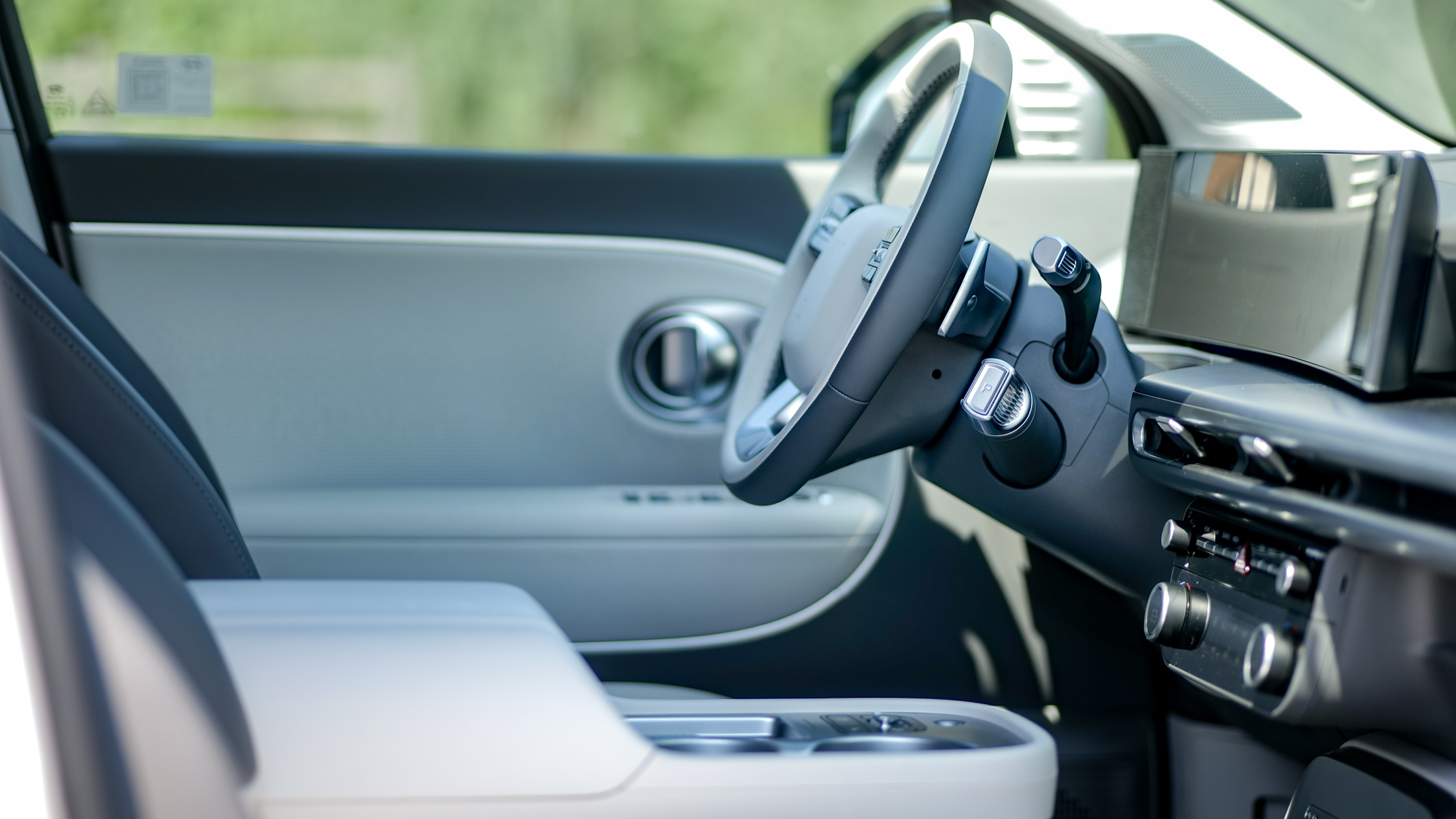

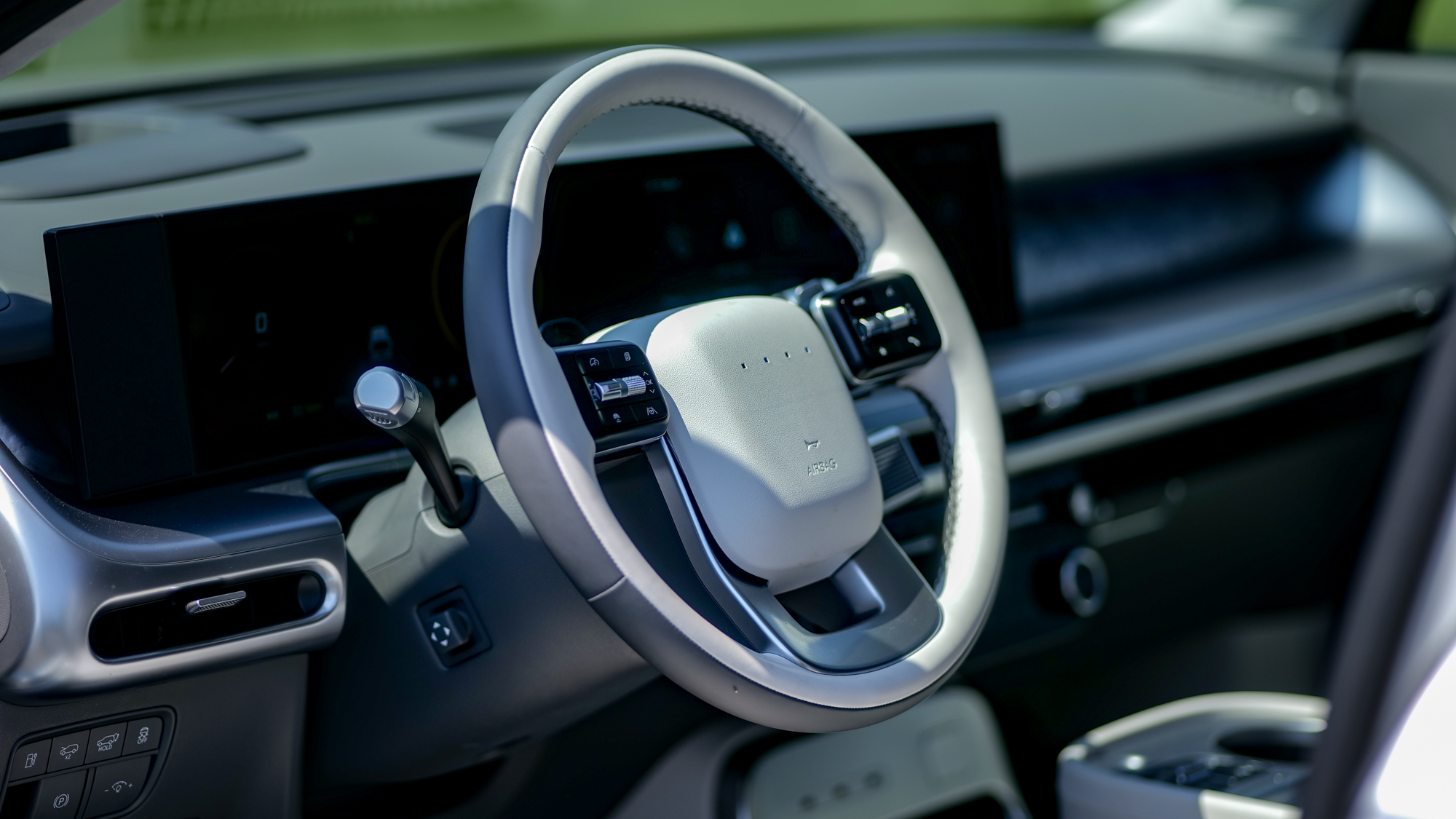
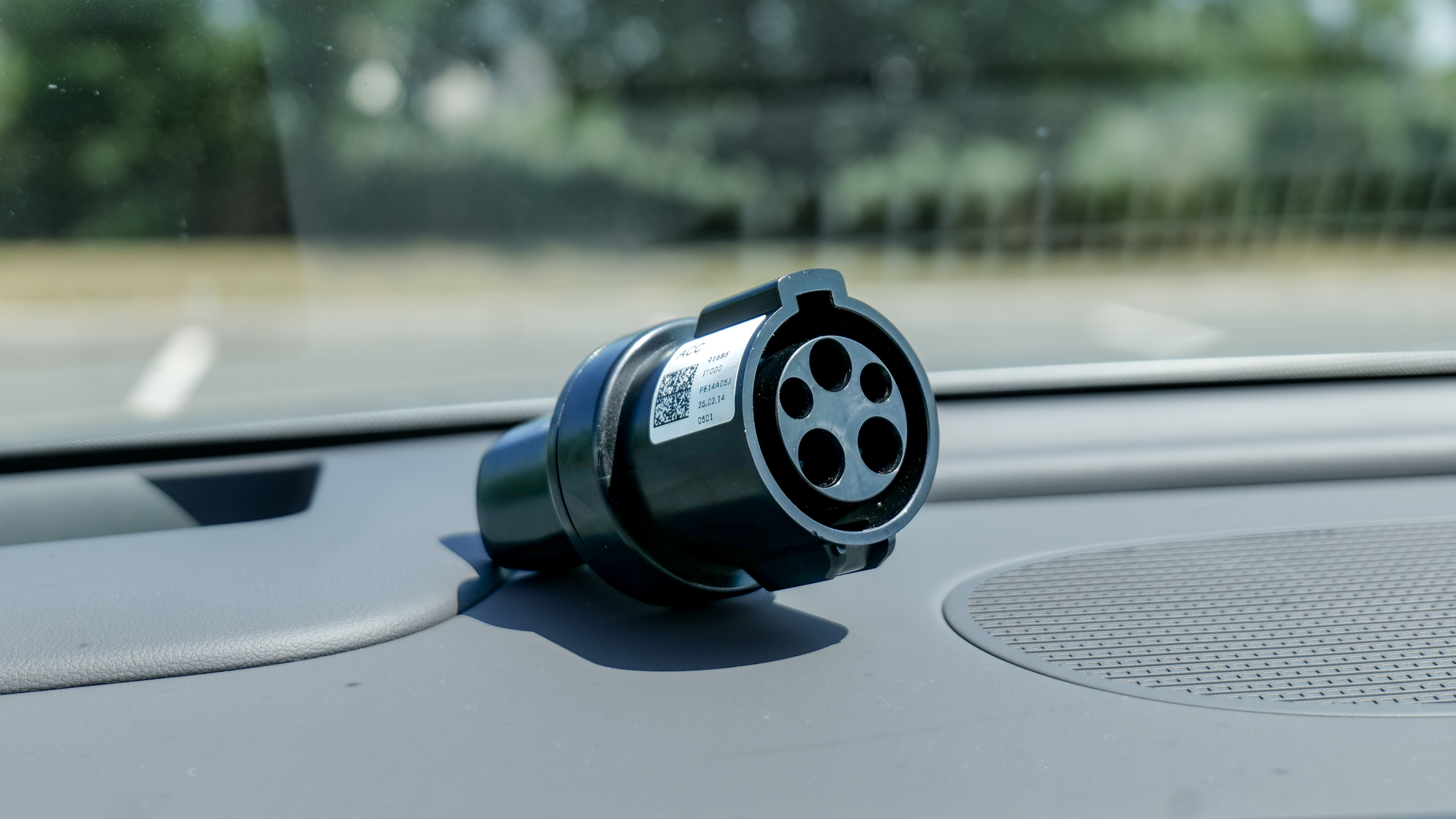

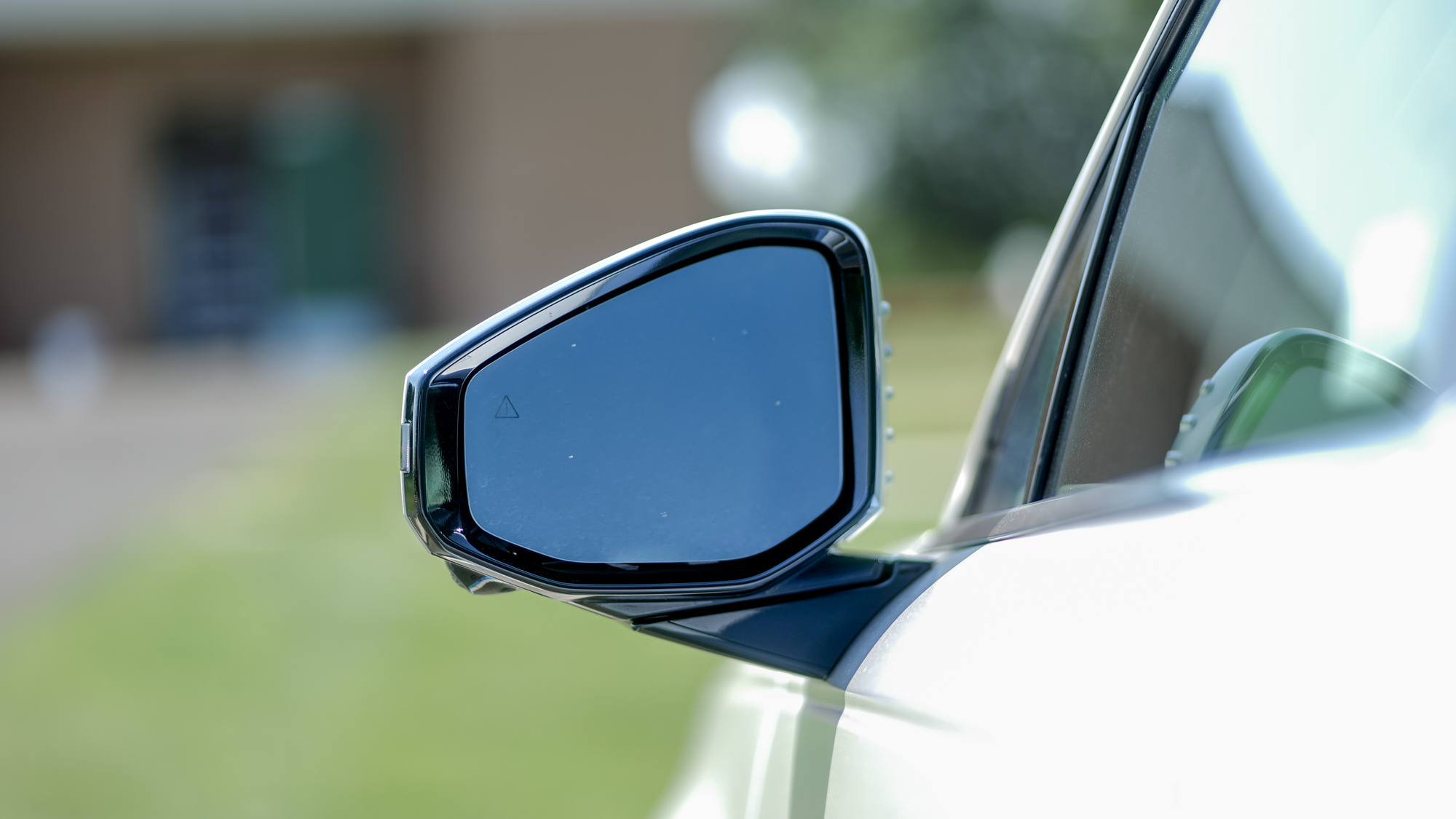
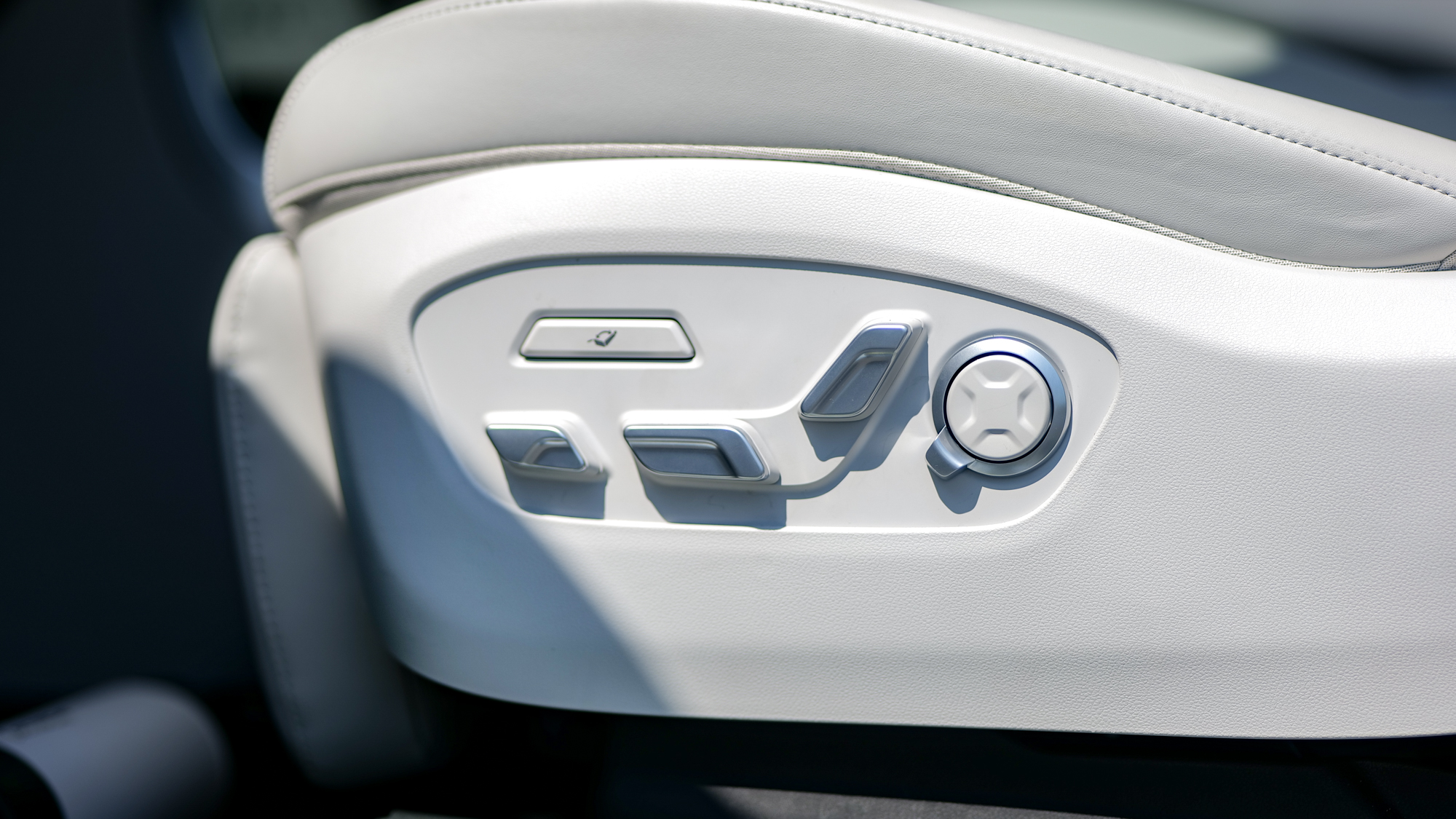

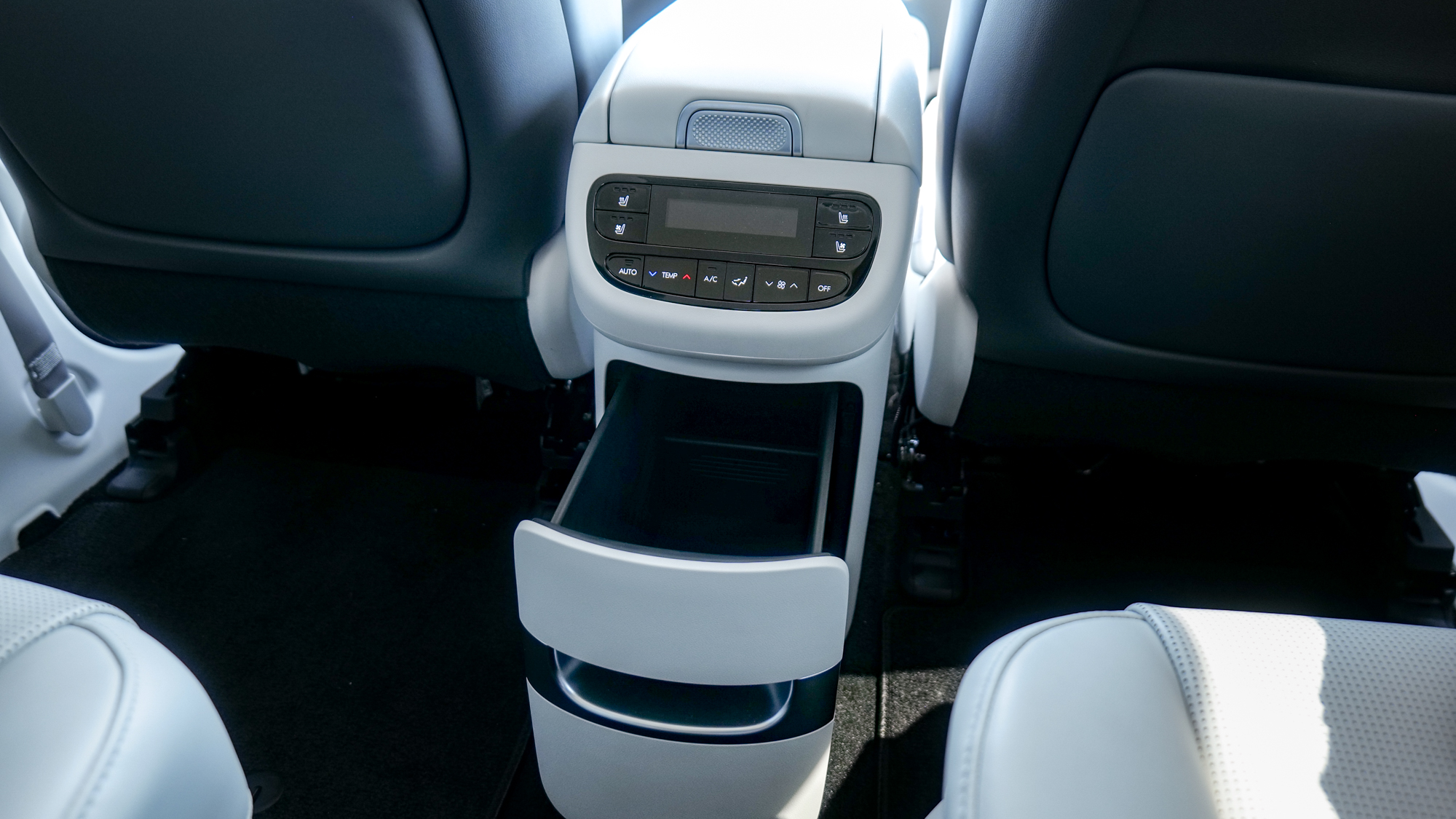
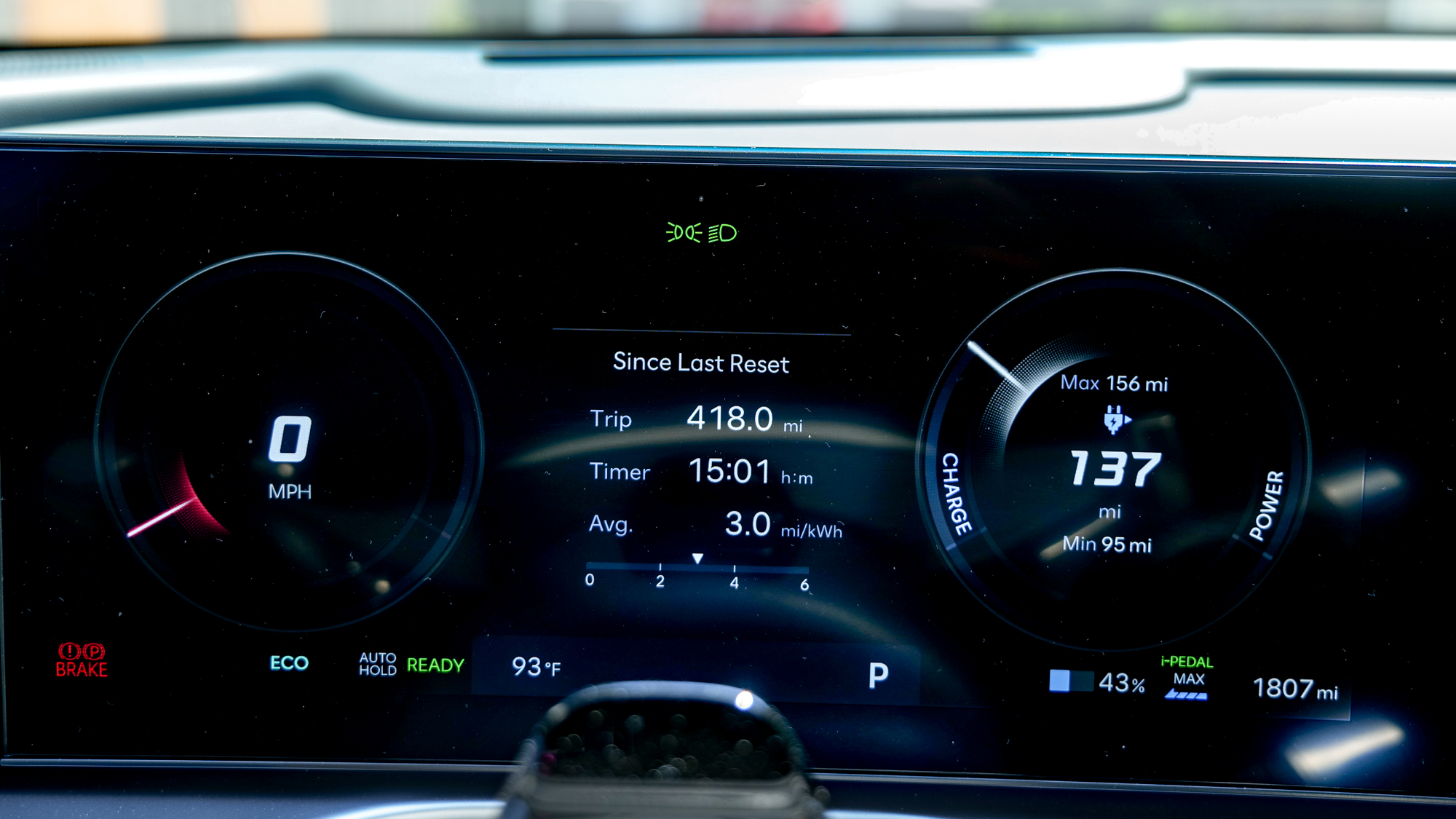
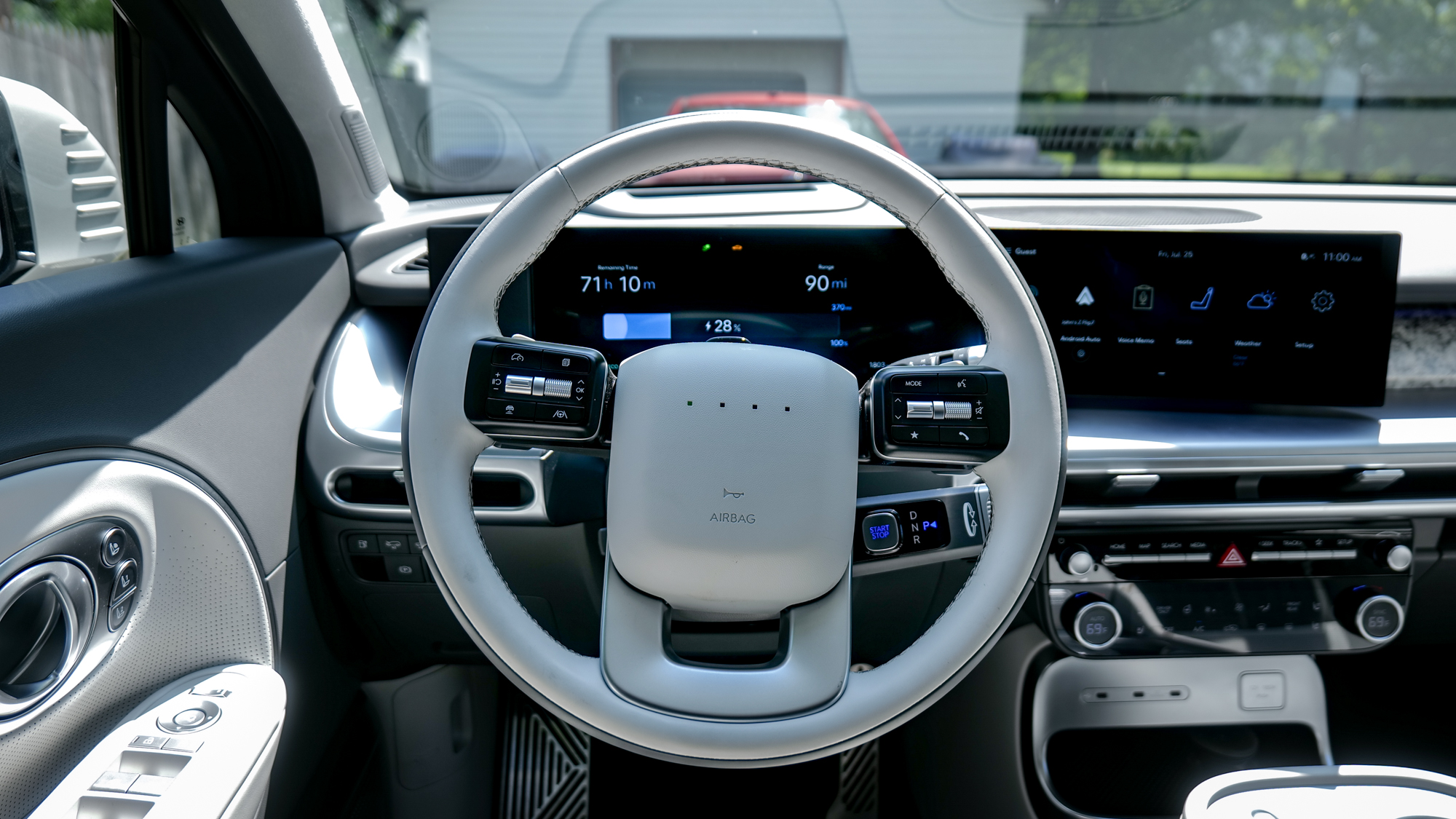
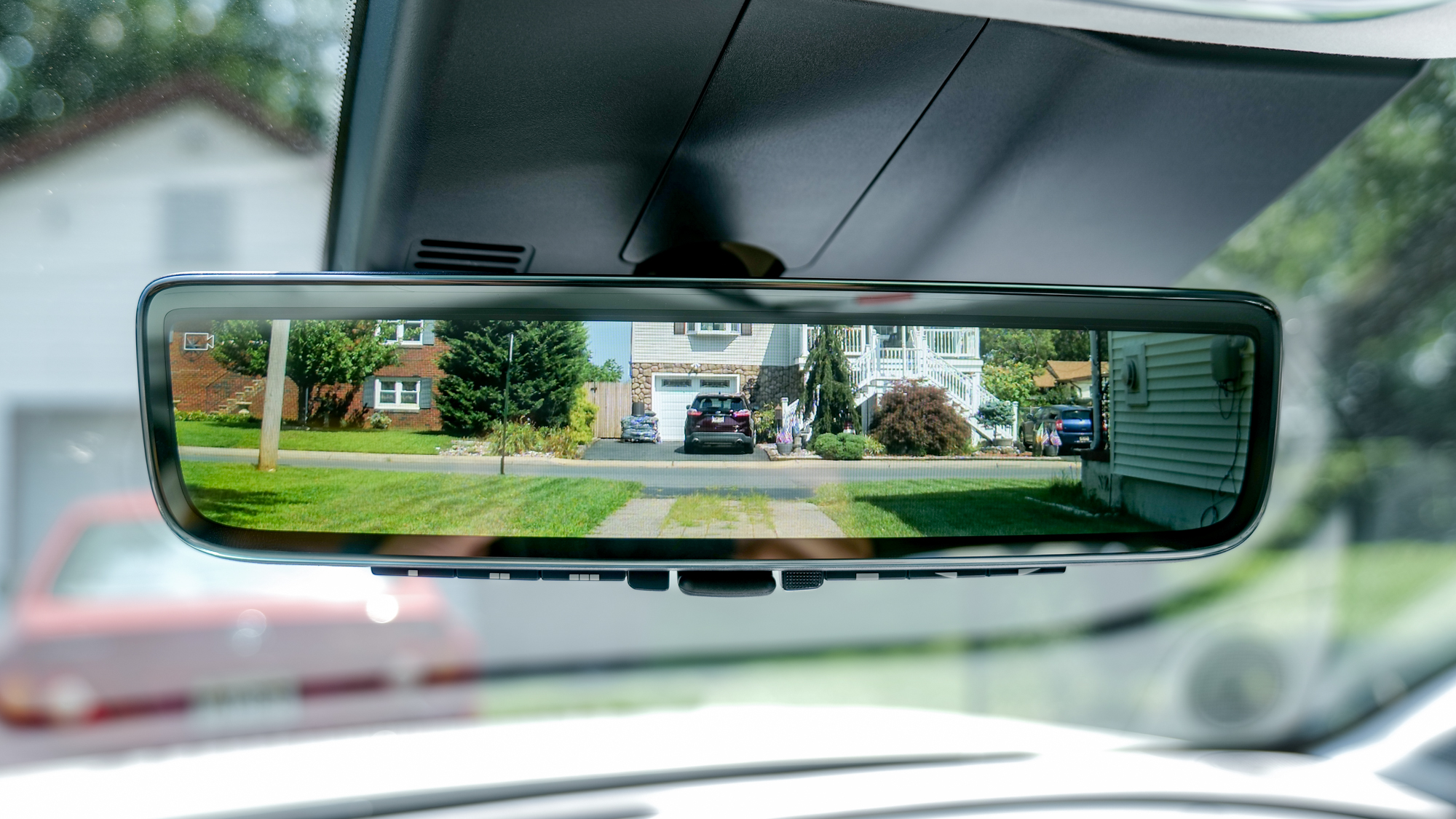
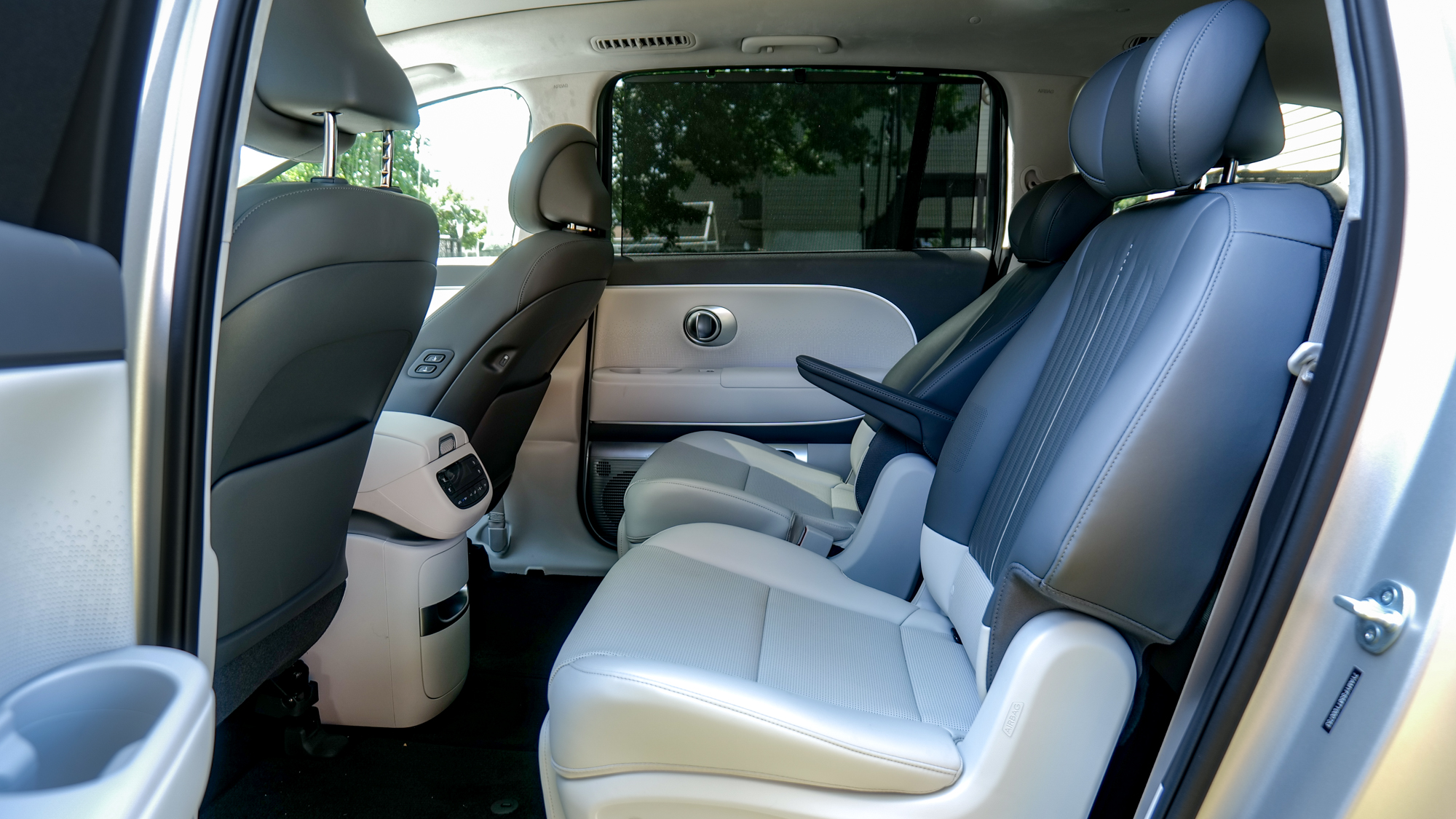

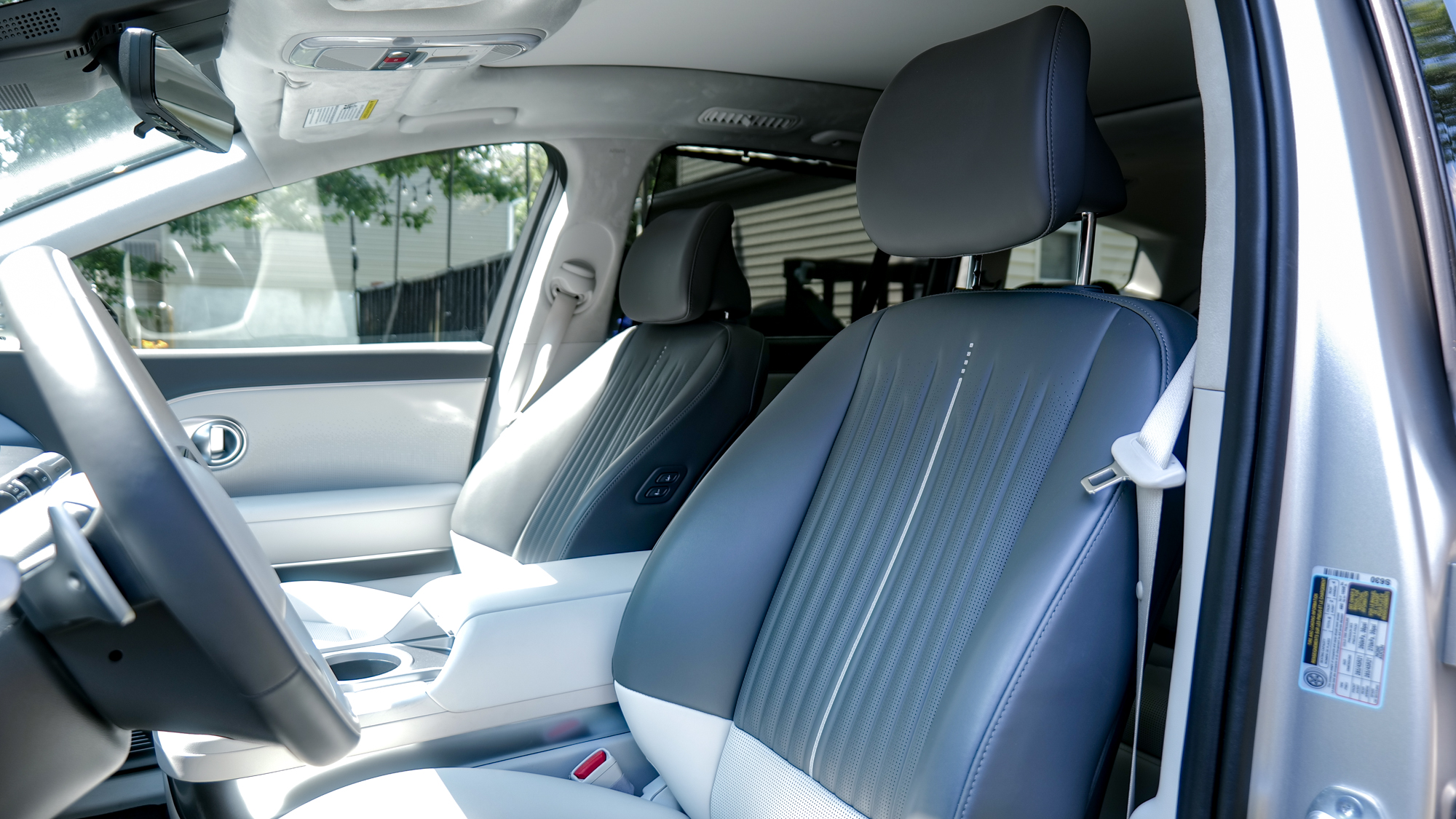
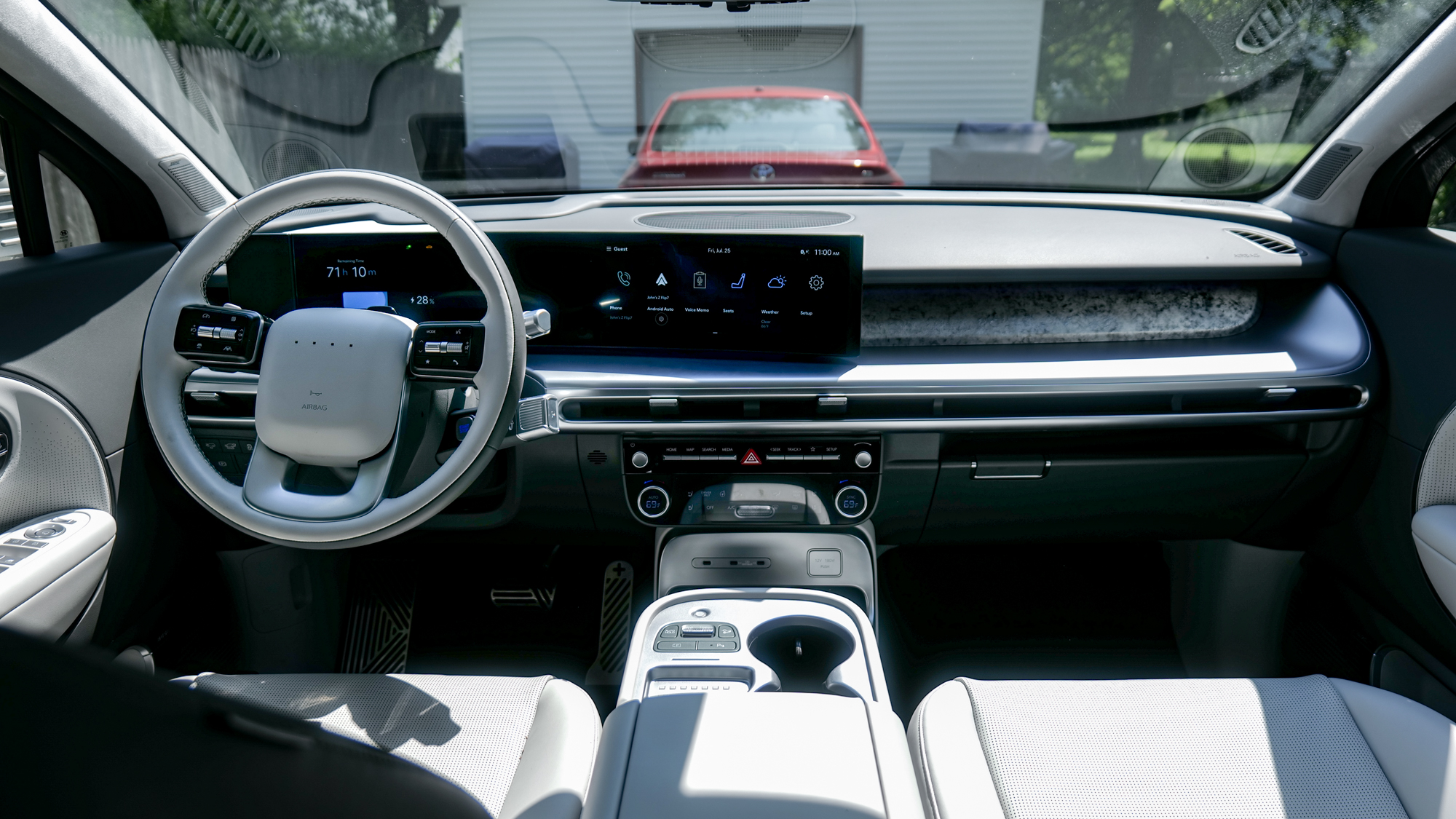
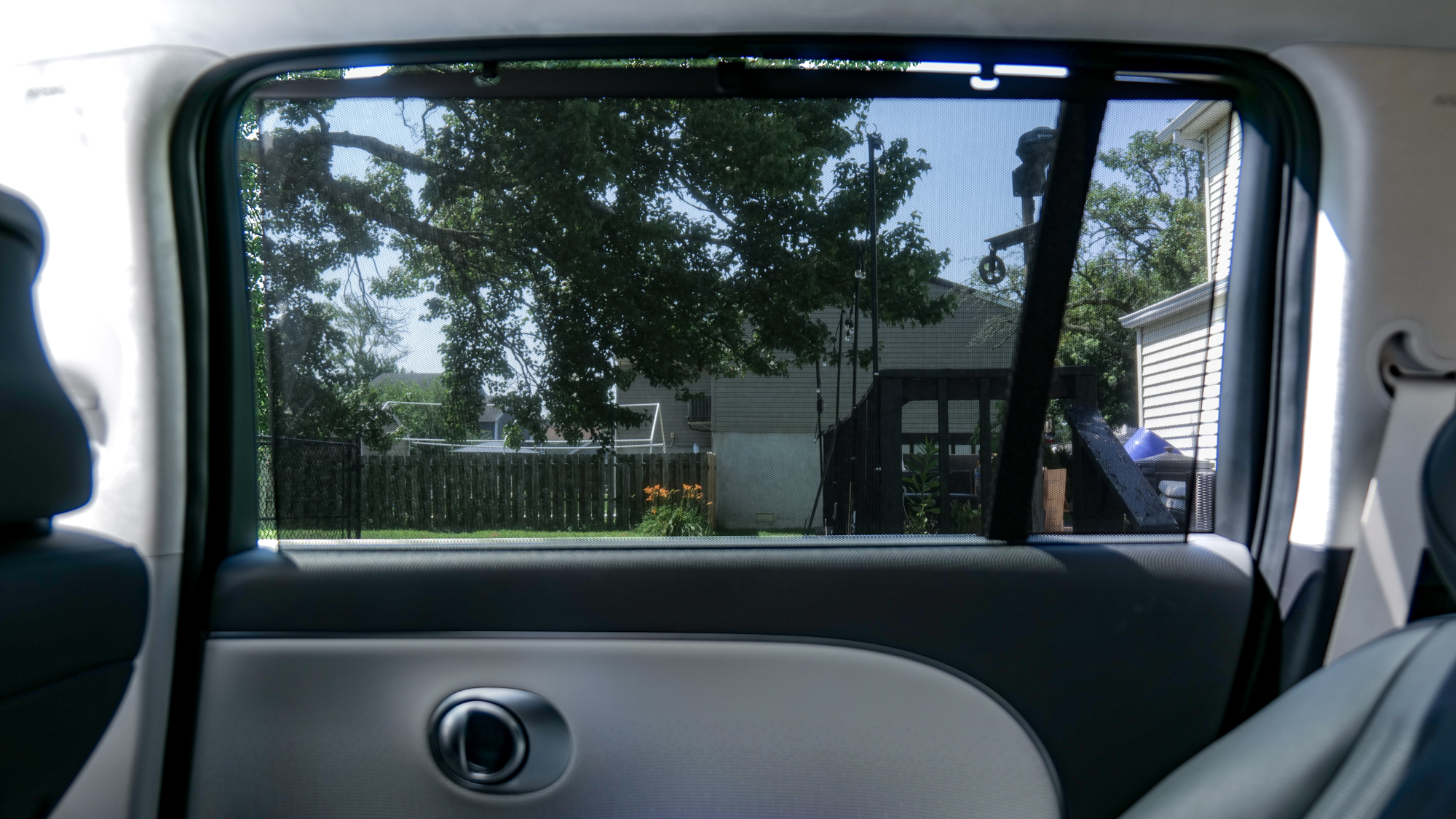
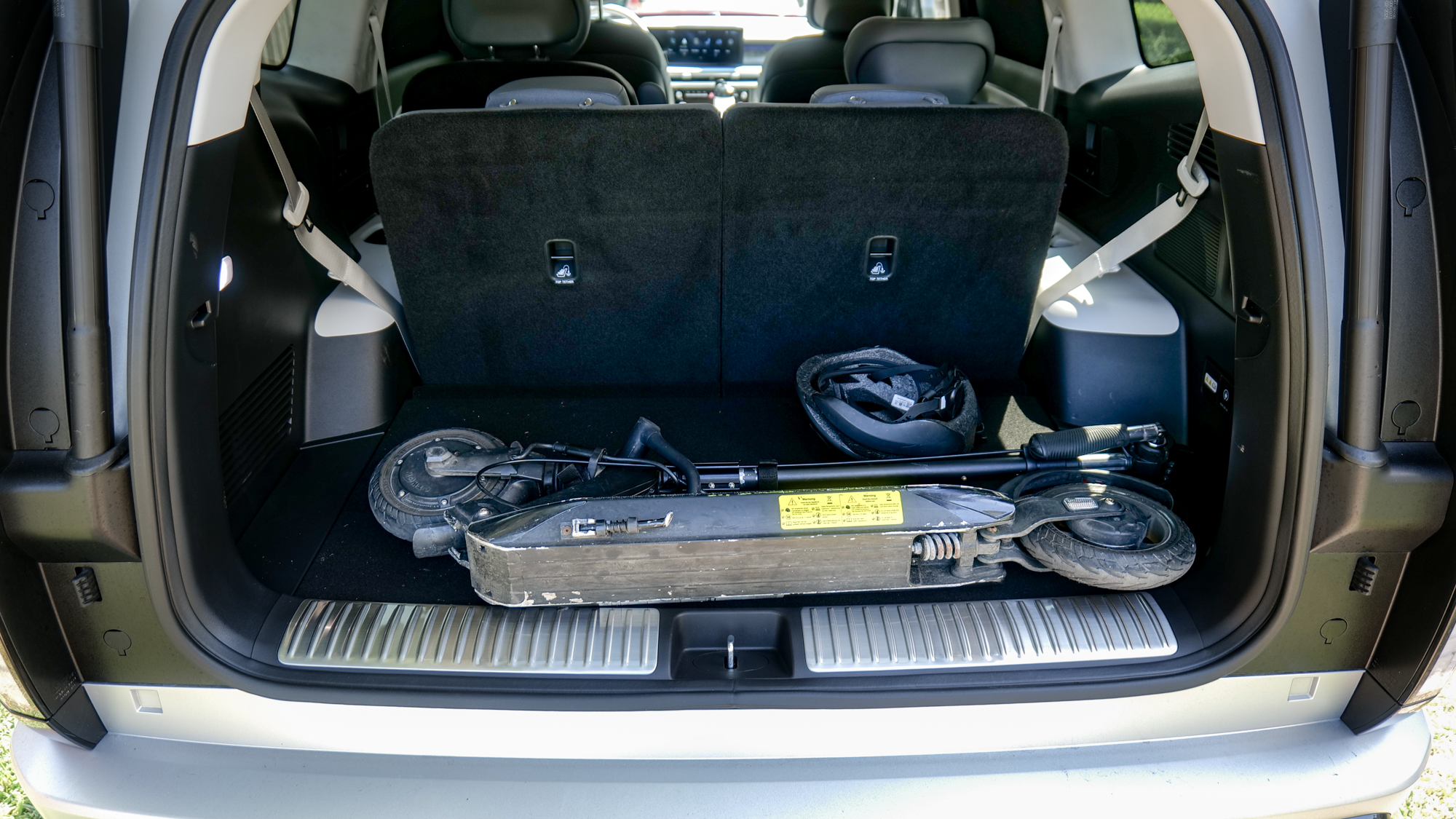
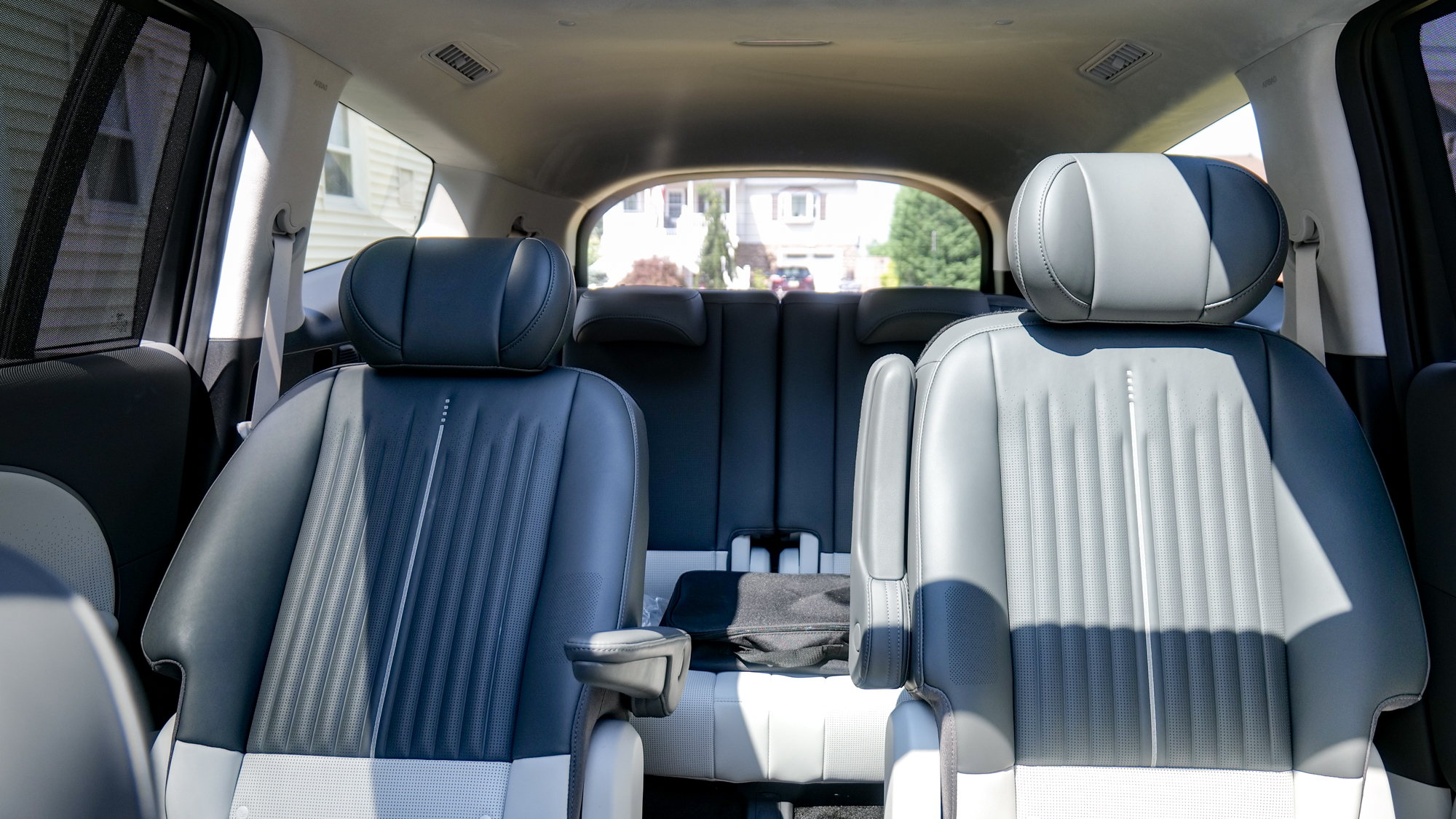
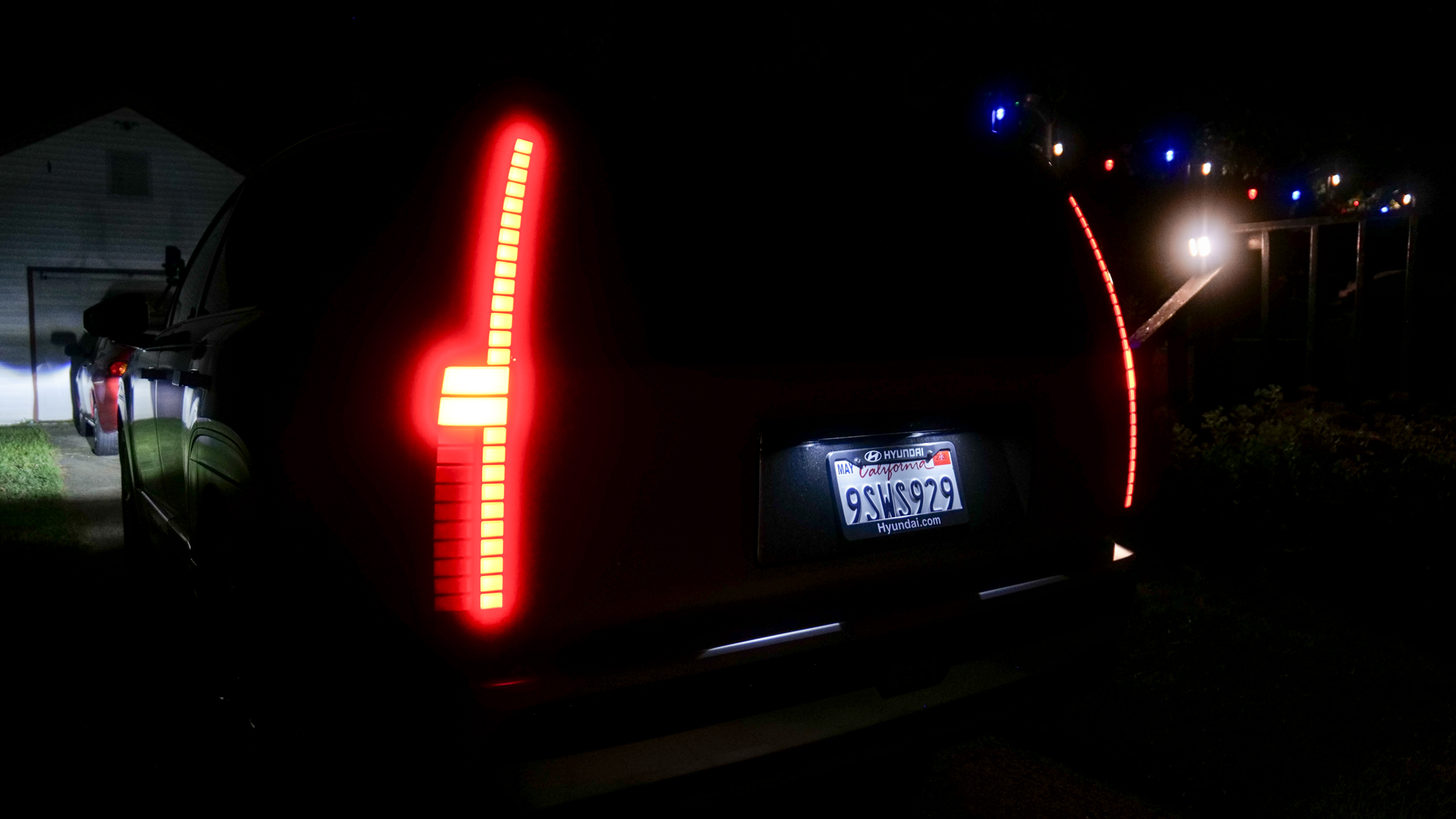


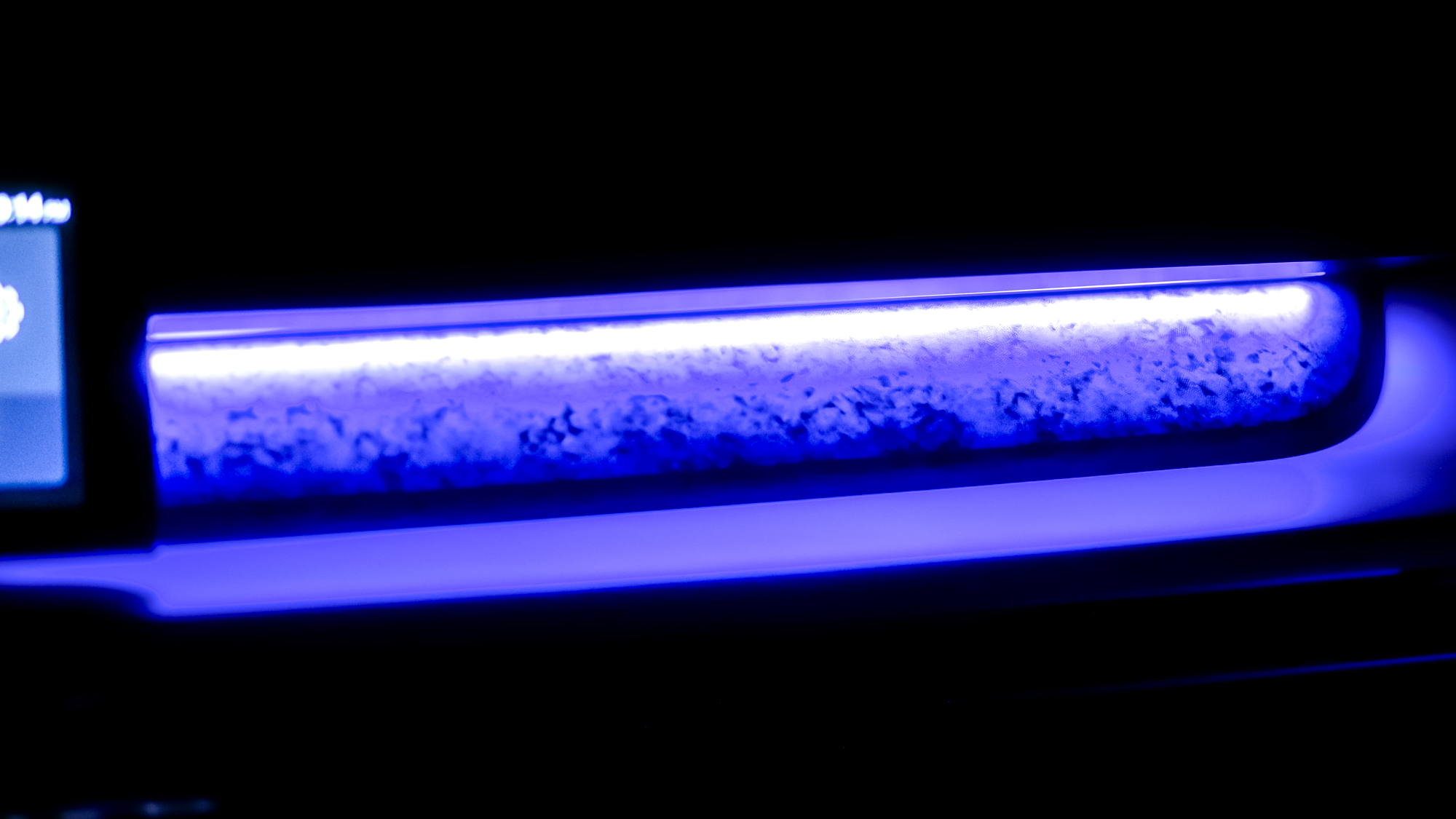
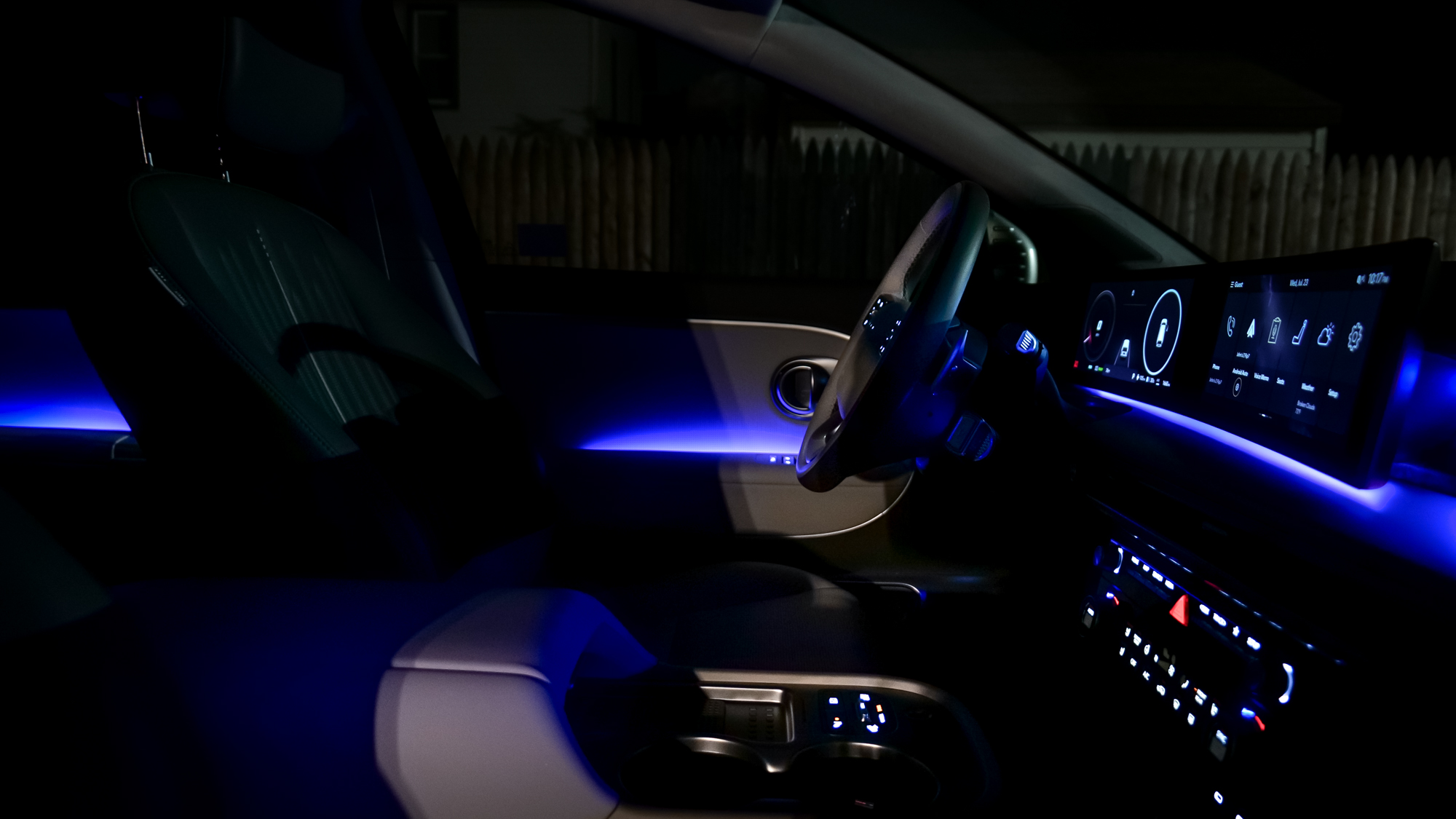
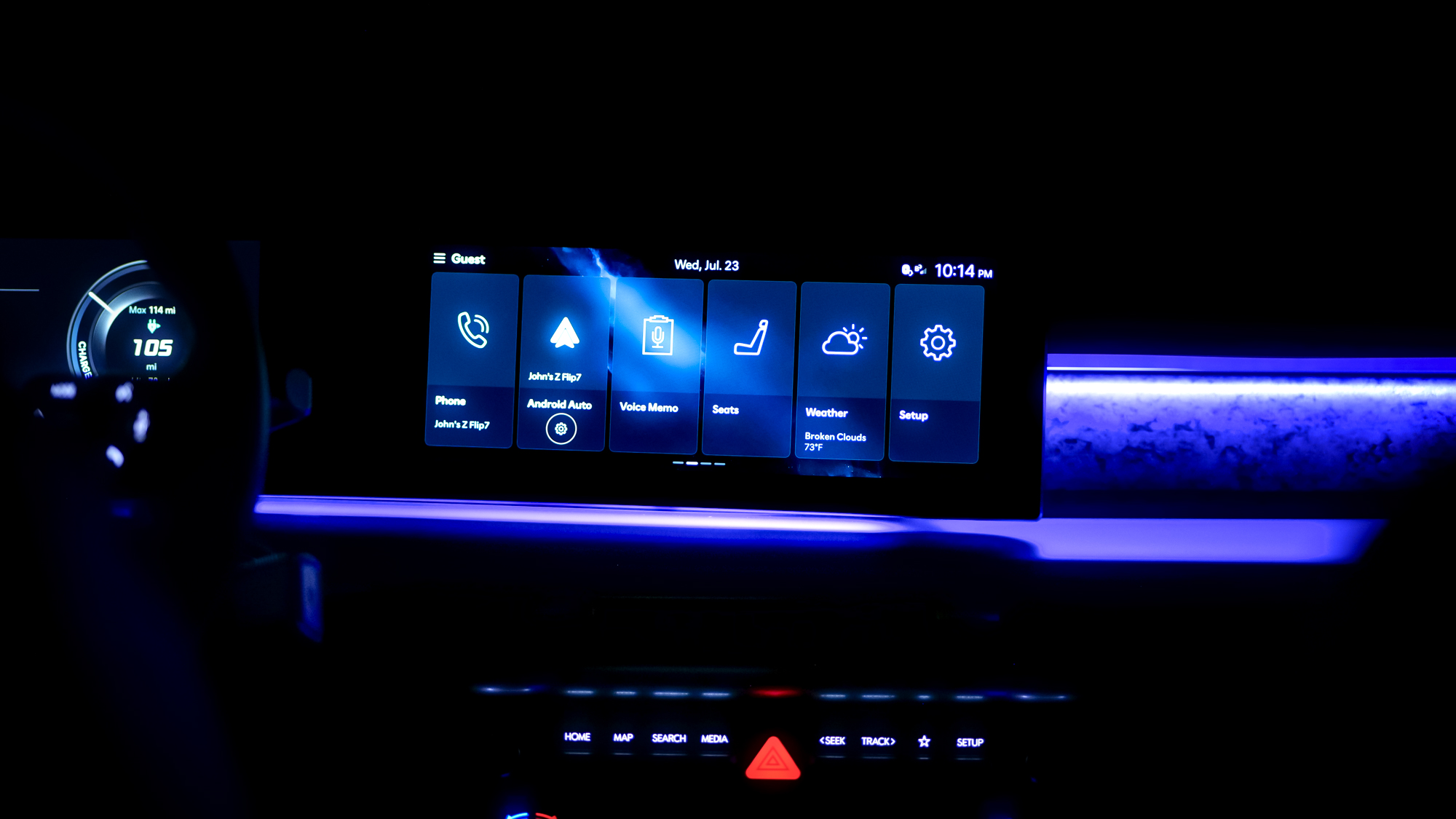

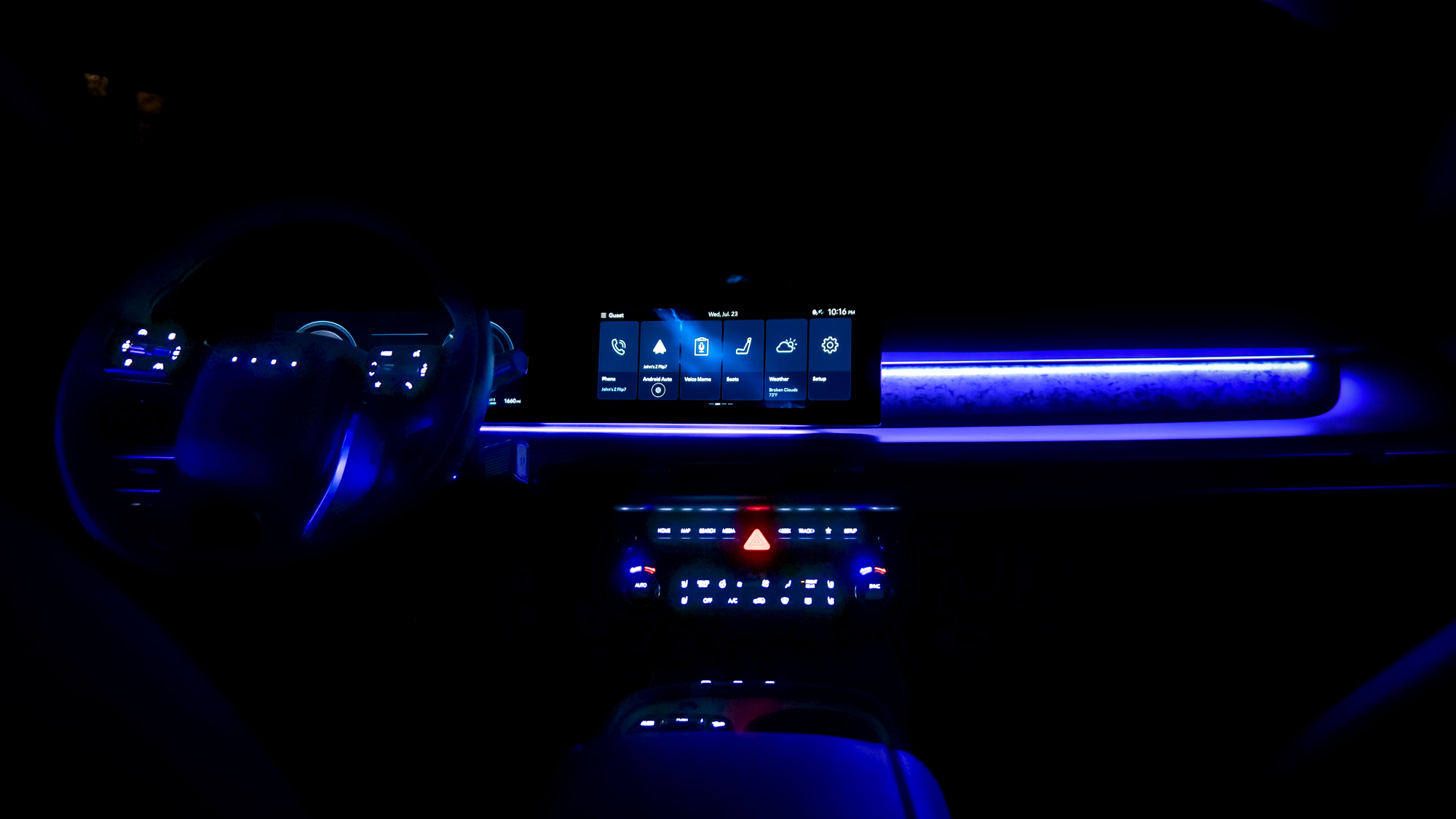

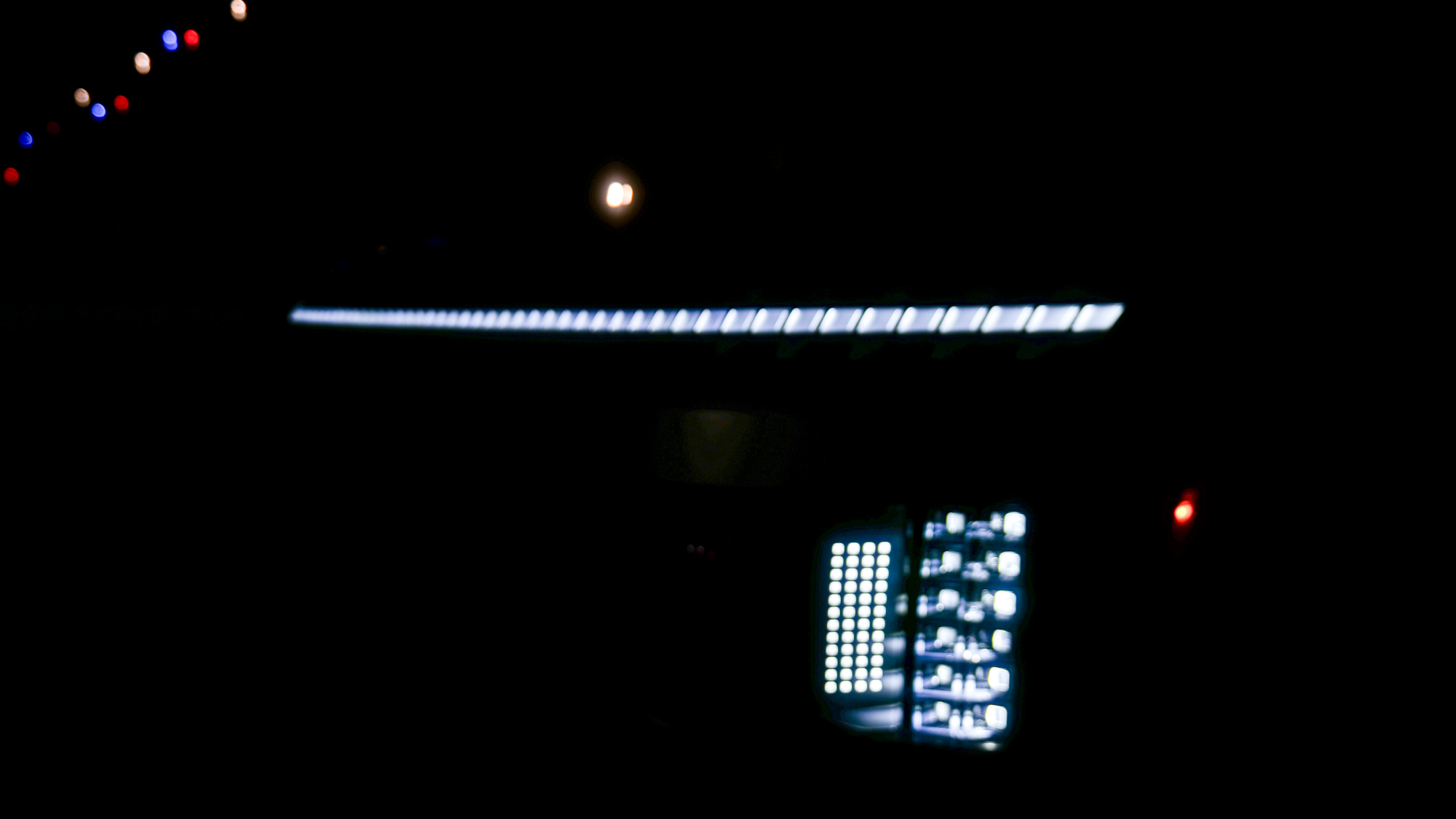
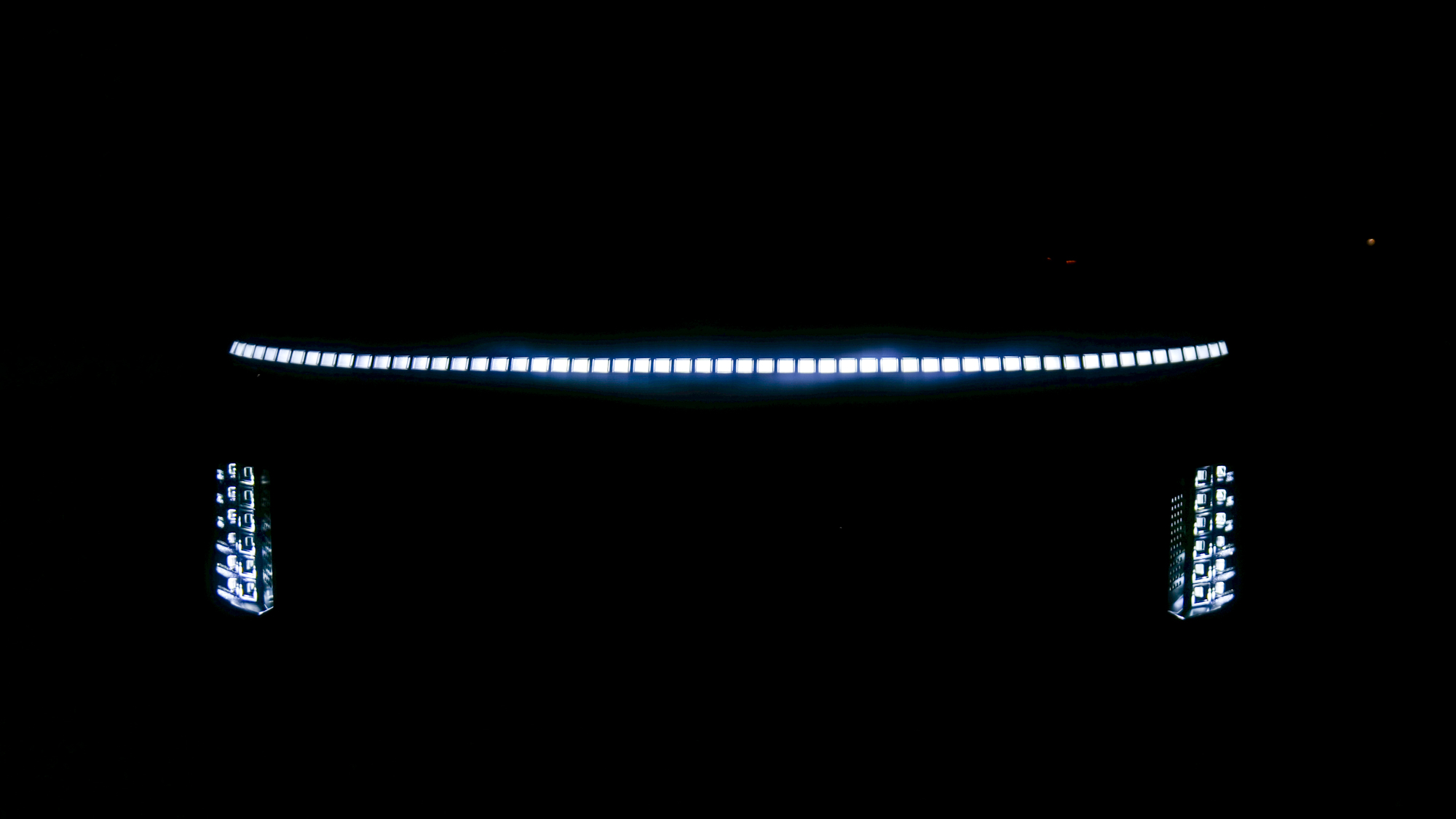
2026 Hyundai Ioniq 9: Specifications
| Row 0 - Cell 0 | 2026 Hyundai Ioniq 9 | 2026 Hyundai Ioniq 9 Calligraphy Design |
Battery | 110.3 kWh | 110.3 kWh |
Motor | RWD Permanent Magnet Synchronous Motor | AWD Permanent Magnet Synchronous Motor |
0 to 60 mph | Row 3 - Cell 2 | |
Range | 335 miles | 311 miles |
Horsepower | 215 hp | 422 hp |
Wheels | 19-inches | 21-inches |
MSRP | $58,955 | $76,490 |
Price Tested | N/A | $79,540 |
2026 Hyundai Ioniq 9: Testing summary

I drove the Ioniq 9 for a total of 413.6 miles, reaching an average efficiency of 3 mi/kWh. That’s honestly impressive because 3-row SUVs have a reputation for being inefficient. I’ve tested subcompact and mid-sized SUVs that barely reach 3 mi/kWh, so having something as big as the Ioniq 9 reaching that mark is impressive.
Even more impressive is the 3.6 mi/kWh efficiency I averaged during one of my long-distance tests with mostly highway driving for 37.1 miles. Conversely, I also managed a 3.8 mi/kWh average efficiency driving mostly county and local roads for 5.3 miles. Compared to other full-sized SUVs I’ve tested, like the Rivian R1S, the Ioniq 9 beats them on efficiency.
Since it packs a 110.3 kWh battery and rated for 311 miles of range, it means that the Ioniq 9 technically should average 2.8 mi/kWh efficiency — yet I managed to exceed that in my week’s worth of driving.
You’ll definitely want to install a Level 2 charger at home for something like this, even though I think it offers decent Level 1 charging speeds at home. Using the included charger connected to a standard 120V outlet, it was able to gain back 34 miles of range with 11.6 hours of charging, which comes out to a rate of 2.93 mi/hr.
Get instant access to breaking news, the hottest reviews, great deals and helpful tips.
| Row 0 - Cell 0 | 2026 Hyundai Ioniq 9 Calligraphy Design | 2025 Rivian R1S Tri-Motor | 2025 Cadillac Optiq Sport 2 |
Price tested | $79,540 | $105,900 | $62,000 |
Total miles driven | 413.6 miles | 413 miles | 309.4 miles |
Average Efficiency | 3 mi/kWh | 2.46 mi/kWh | 3.2 mi/kWh |
Best long distance driving efficiency | 3.6 mi/kWh | 2.2 mi/kWh | 3.1 mi/kWh |
Best short distance driving efficiency | 3.8 mi/kWh | N/A | 3.9 mi/kW |
Level 1 charging rate | 2.93 mi/hr | 2.32 mi/hr | 3.74 mi/hr |
2026 Hyundai Ioniq 9: What I Like
Tons of seating with 2nd-row captain’s chairs

Vehicles like the Ioniq 9 are what I like to classify as people movers, largely because of the number of people they’re able to carry. With 3-row seating, you’ll be able to fit up to 7 people inside — but I really love how the 2nd-row captain’s chairs can recline backwards and prop up a footrest.
Outstanding efficiency for its size

Like I said, full-sized SUVs like this don’t typically have good efficiencies — but the 2026 Hyundai Ioniq 9 Calligraphy Design dashed my expectations. The 3 mi/kWh efficiency I got out of it during my week’s worth of driving is best in its class, beating out other all-electric SUVs I’ve tested like the Cadillac Optiq, Rivian R1S, and Chevrolet Blazer SS.
Whether you’re commuting to work or planning a family trip, the Ioniq 9 can get there without the need to recharge as frequently.
NACS charging port

In making it futureproof, the 2026 Hyundai Ioniq 9 Calligraphy Design is one of the first non-Tesla EVs to feature a NACS (North American Charging Standard) charging port, instead of the traditional J1772 and CCS ports Hyundai EVs have used previously.
This is a big deal because it opens up more charging stations where it can tap to recharge while on the go, with the included CCS adapter allowing it to charge at other stations like EVgo or ChargePoint.
Quiet interior

For being so large, it’s also surprisingly quiet. Hyundai’s soundproofing muffles the noise while driving on highways, which is also good news for those passengers snoozing in the captain’s chairs.
Tons of premium features






In true Hyundai fashion, it has many premium features that come standard — like adaptive cruise control complete with Lane Keep Assist and Lane Follow Assist. This is standard with the base trim, the Ioniq 9 S, but other features are available as standard with higher trims.
There’s no denying you get more with this one, like blind spot camera monitors that let me see what’s in my blind spots when I’m changing lanes, auto lane change assist that will change lanes automatically when activating the corresponding turn signal, flush door handles that retract, head-up display, and even a small compartment in the frunk.
2026 Hyundai Ioniq 9: What I Don't Like
Not in love with the design

I was hoping that Hyundai would’ve adopted the same stylish design cues from its Ioniq 5, but I’m not in love with the way the Ioniq 9 looks. It’s just an odd mashup featuring a curvy front bumper with an even stranger-looking arched rear that’s outlined by its LED brake lights.
It’s certainly not as flashy as the Kia EV9 design, but it all appears intentional to give the Ioniq 9 better aerodynamics, which, to be fair, explains its outstanding efficiency.
Lane Change Assist can be too jarring

While its adaptive cruise control responds to the driving conditions, the Ioniq 9’s lane change assist feels a bit too jarring. This happens when it switches lanes, even at slower cruising speeds on the highway — which can startle your passengers. It should be gradual, even if it means taking slightly longer to perform a lane change.
Third row seats are tight, but expected

Not surprisingly, the 3-row seats feel cramped, so I’d suggest moving the 2nd-row captain’s chairs forward a little to give the 3rd-row a bit more legroom. This isn’t just a problem for the Ioniq 9, as most 3-row SUVs have this issue in general. And with a third row, it takes away space from the trunk — but you can always fold down the 3rd row to make more room.
2026 Hyundai Ioniq 9: Bottom Line

As much as I enjoy driving luxury SUVs, they’re just notoriously expensive for the average person. That’s what makes the 2026 Hyundai Ioniq 9 special, because it manages to balance things out with its price, performance, and features.
I had low expectations for this 3-row SUV, but it’s another example of how things can change dramatically once you actually put it through its paces. Most notably, I didn’t expect a 3-row seater such as this to beat other, much smaller SUVs when it comes to efficiency.
Paired with all the features that Hyundai throws in as standard and a more futureproof NACS charging port, the Hyundai Ioniq 9 sets a new benchmark for what a mainstream electric family SUV can be.
Follow Tom's Guide on Google News to get our up-to-date news, how-tos, and reviews in your feeds. Make sure to click the Follow button.
More from Tom's Guide
- I tried the new CarPlay with the iOS 26 beta — and Apple just solved my biggest issue with infotainment interfaces
- Sorry, EVs — I test drove my first PHEV and it’s the perfect blend of electric and gas power
- I tried this thermal camera to make my nighttime driving safer — and it's a game changer

John’s a senior editor covering phones for Tom’s Guide. He’s no stranger in this area having covered mobile phones and gadgets since 2008 when he started his career. On top of his editor duties, he’s a seasoned videographer being in front and behind the camera producing YouTube videos. Previously, he held editor roles with PhoneArena, Android Authority, Digital Trends, and SPY. Outside of tech, he enjoys producing mini documentaries and fun social clips for small businesses, enjoying the beach life at the Jersey Shore, and recently becoming a first time homeowner.
You must confirm your public display name before commenting
Please logout and then login again, you will then be prompted to enter your display name.
